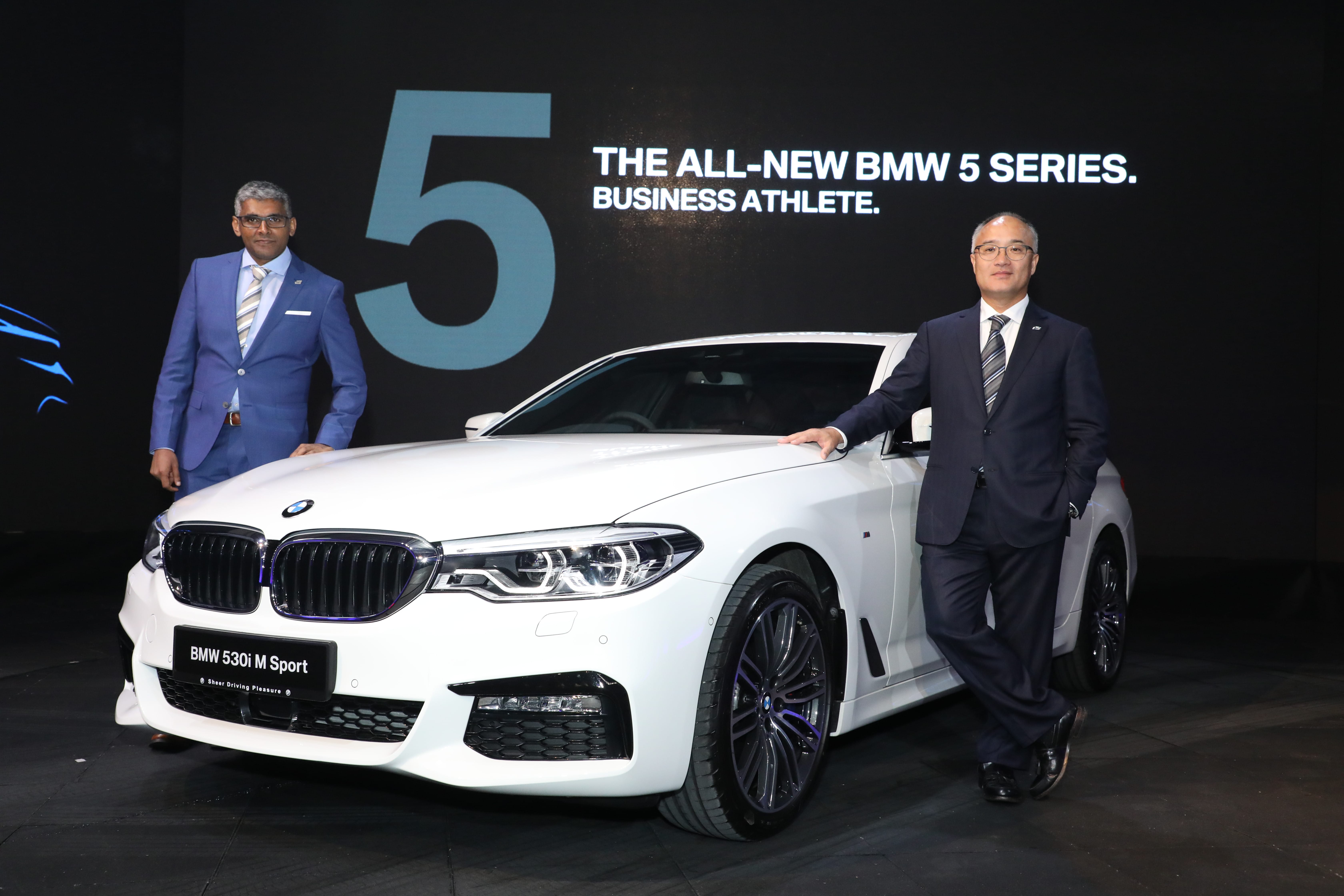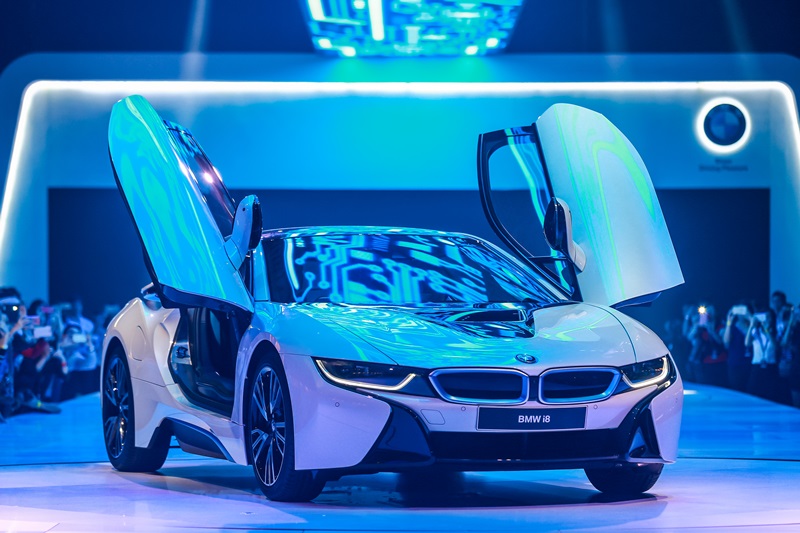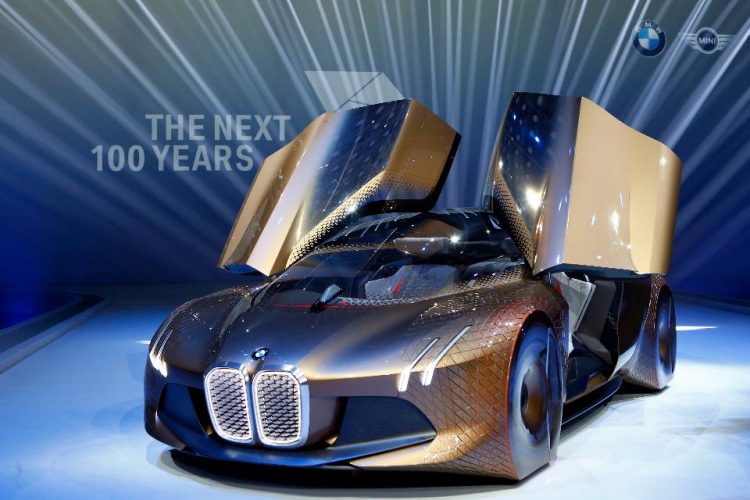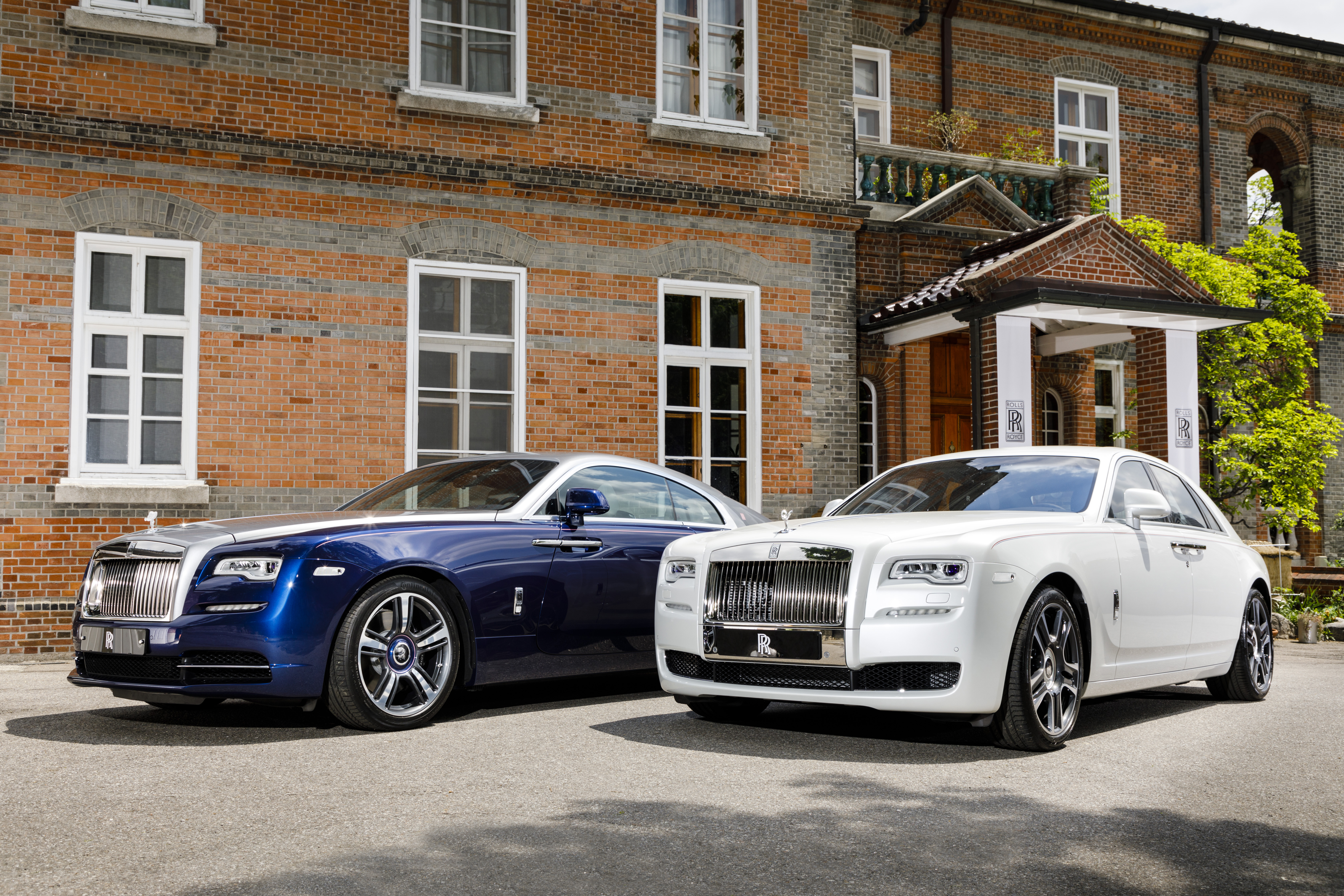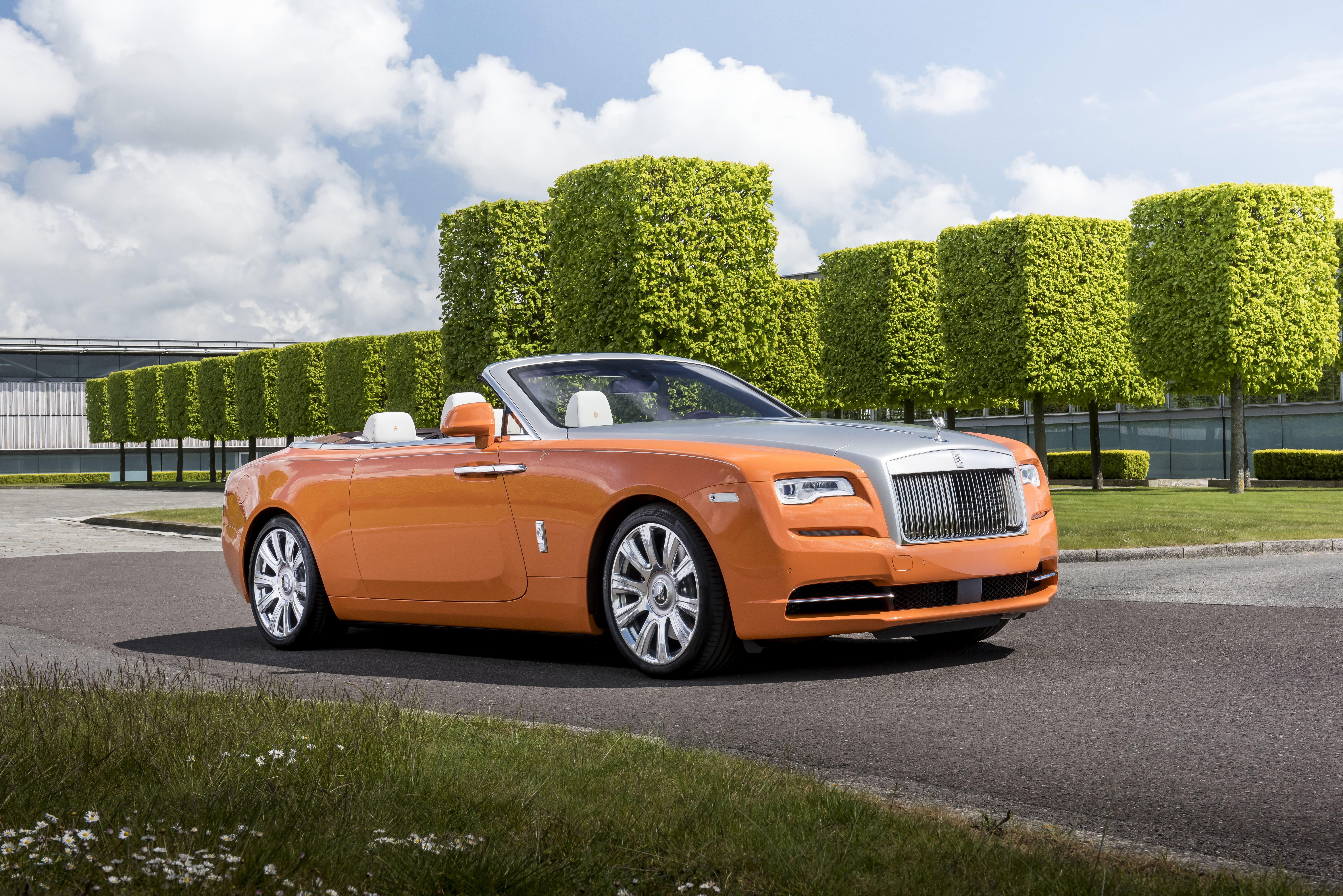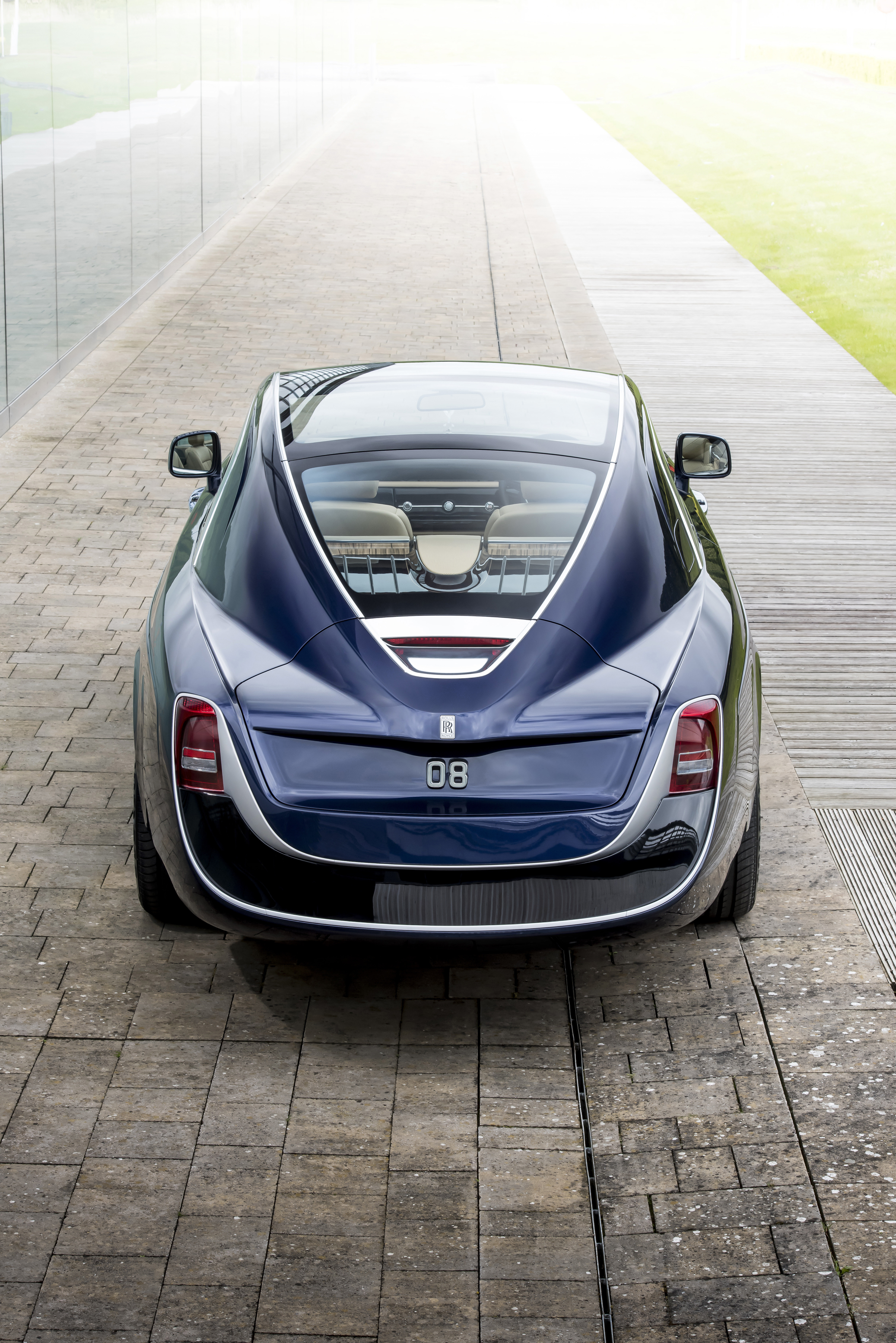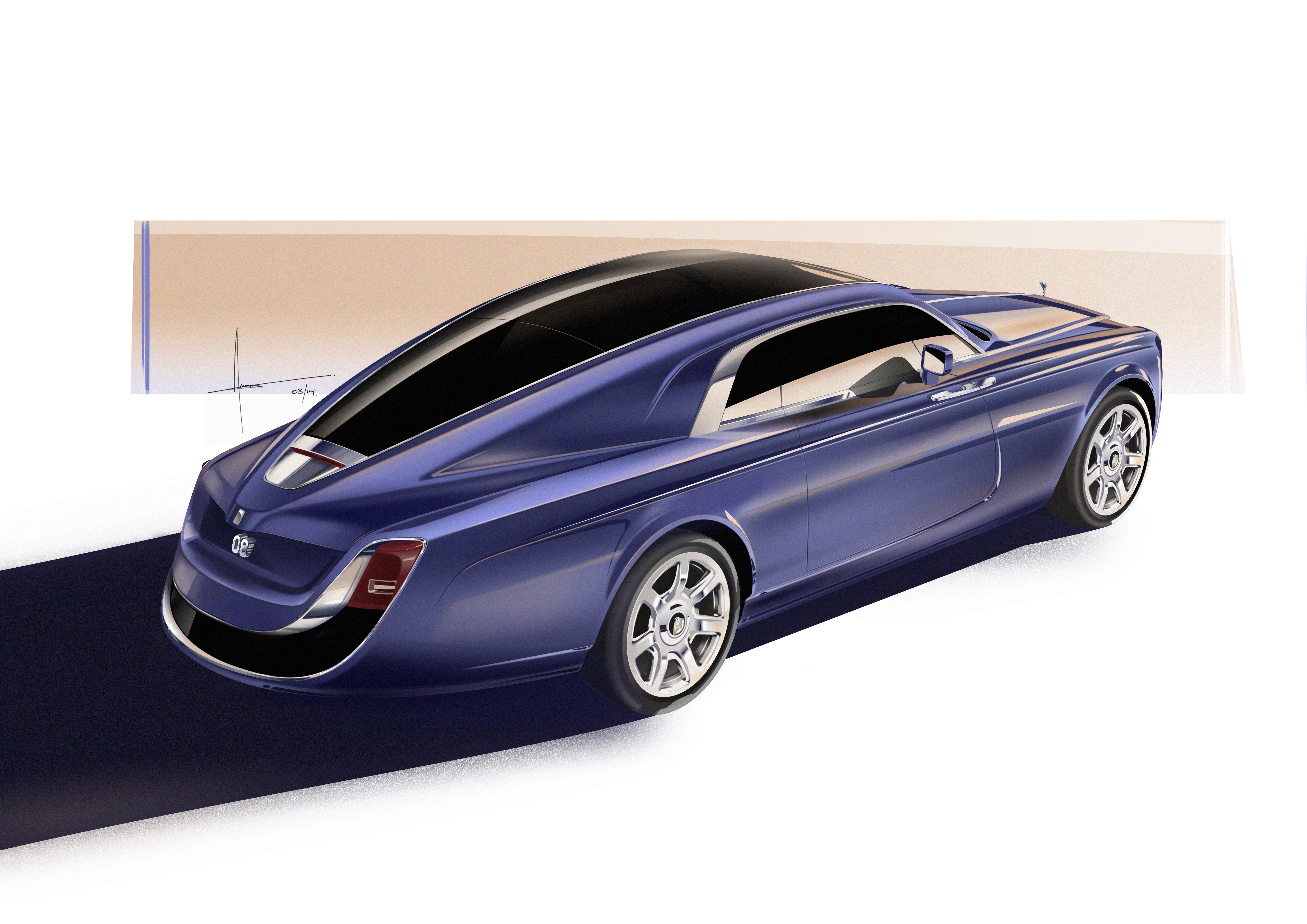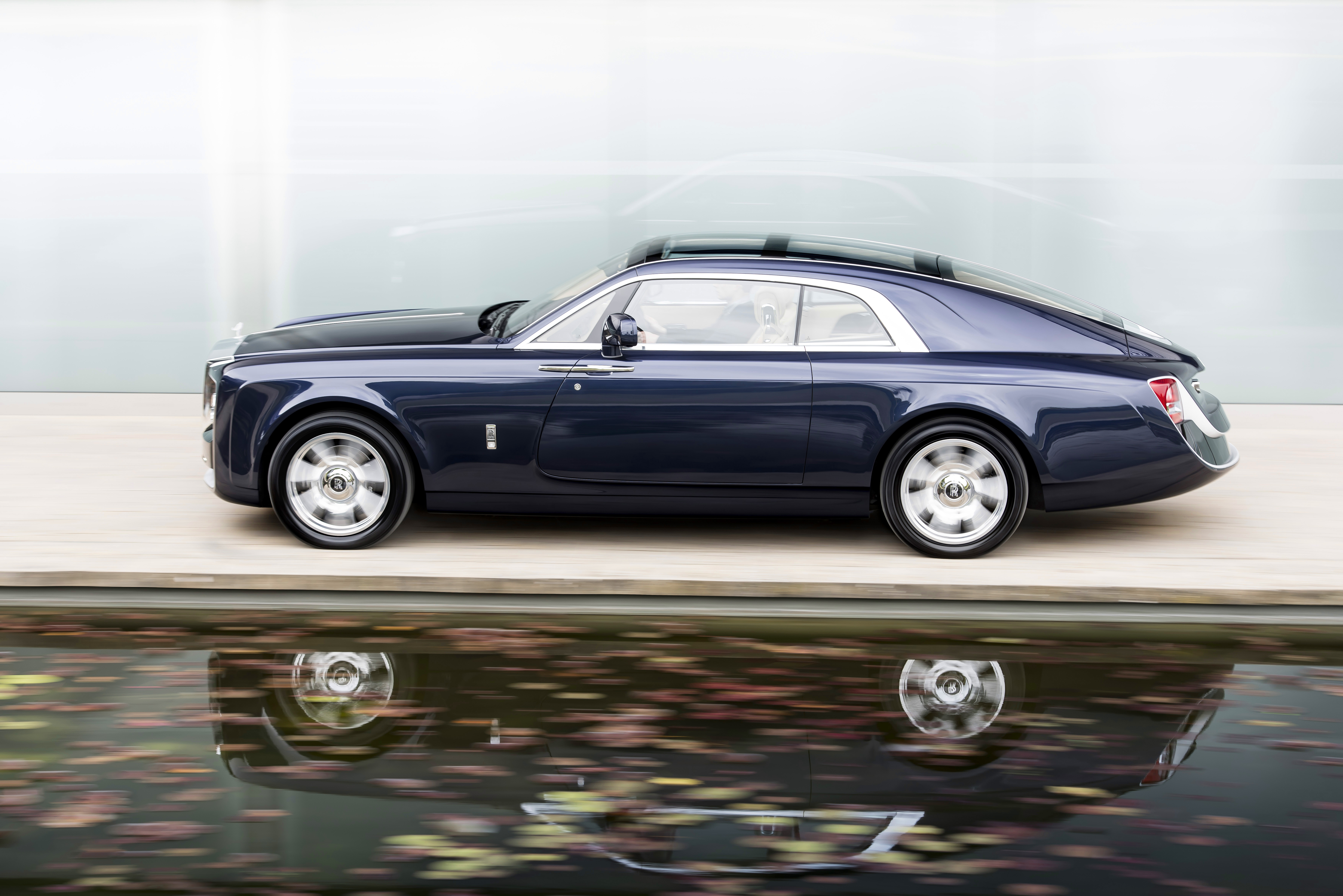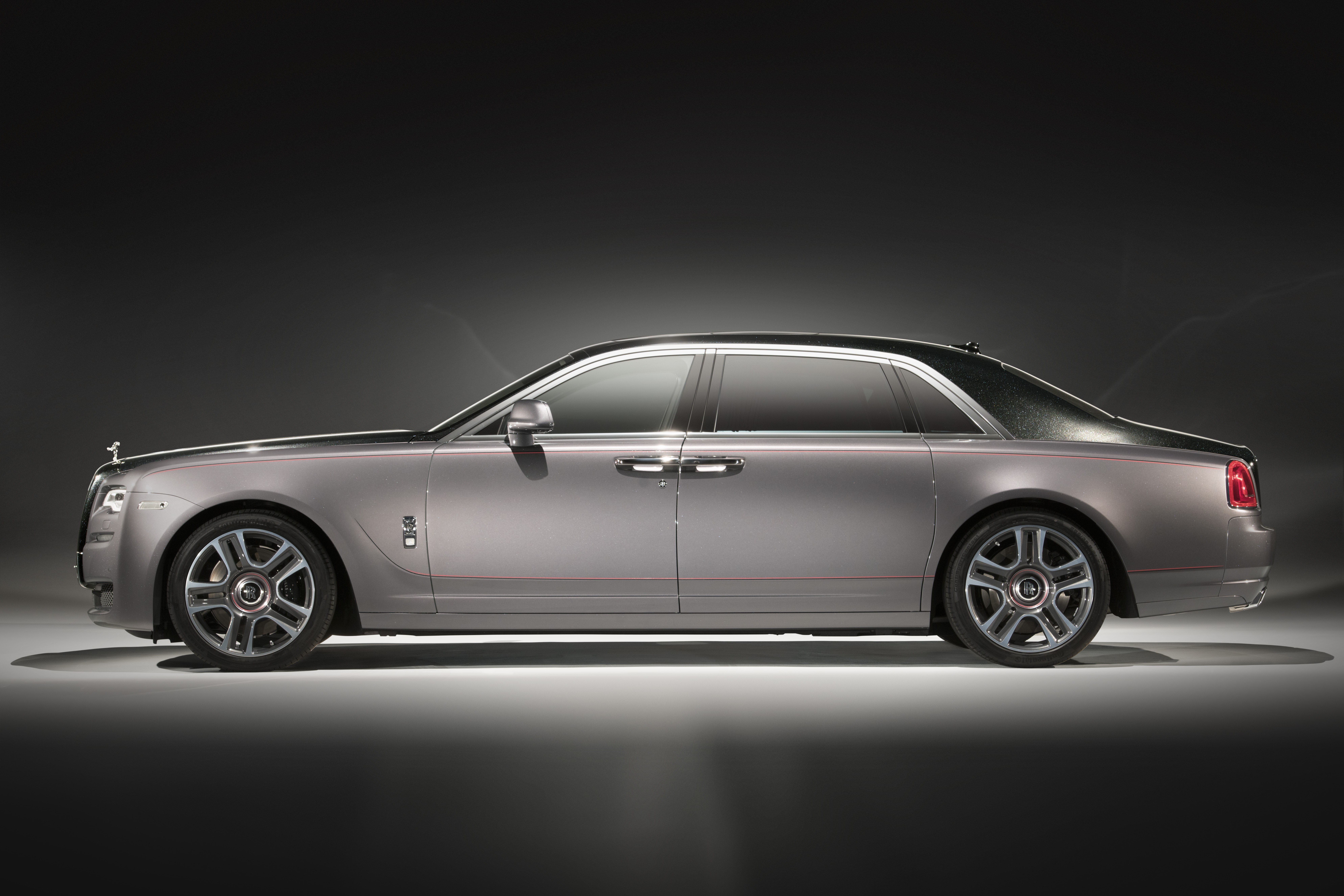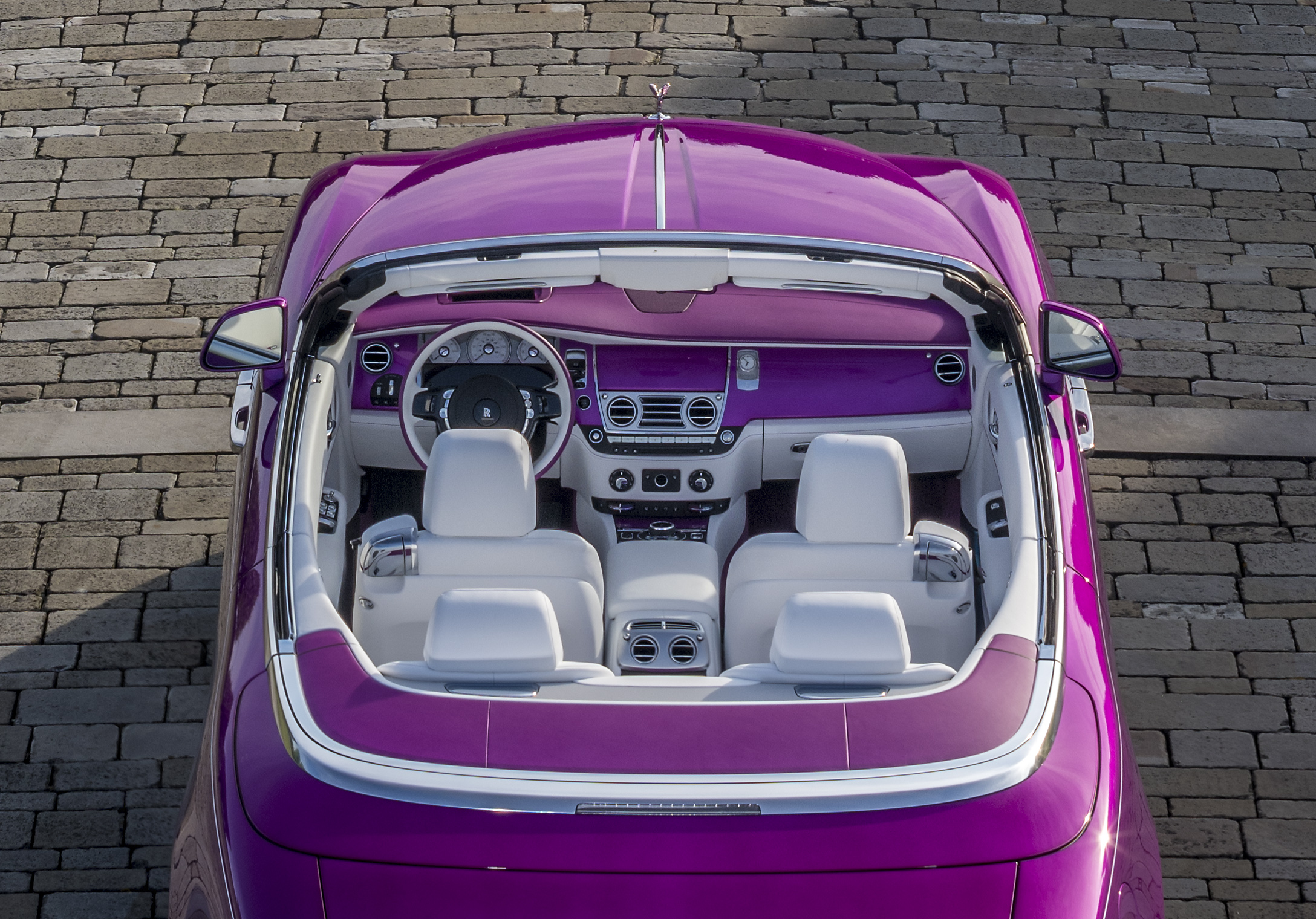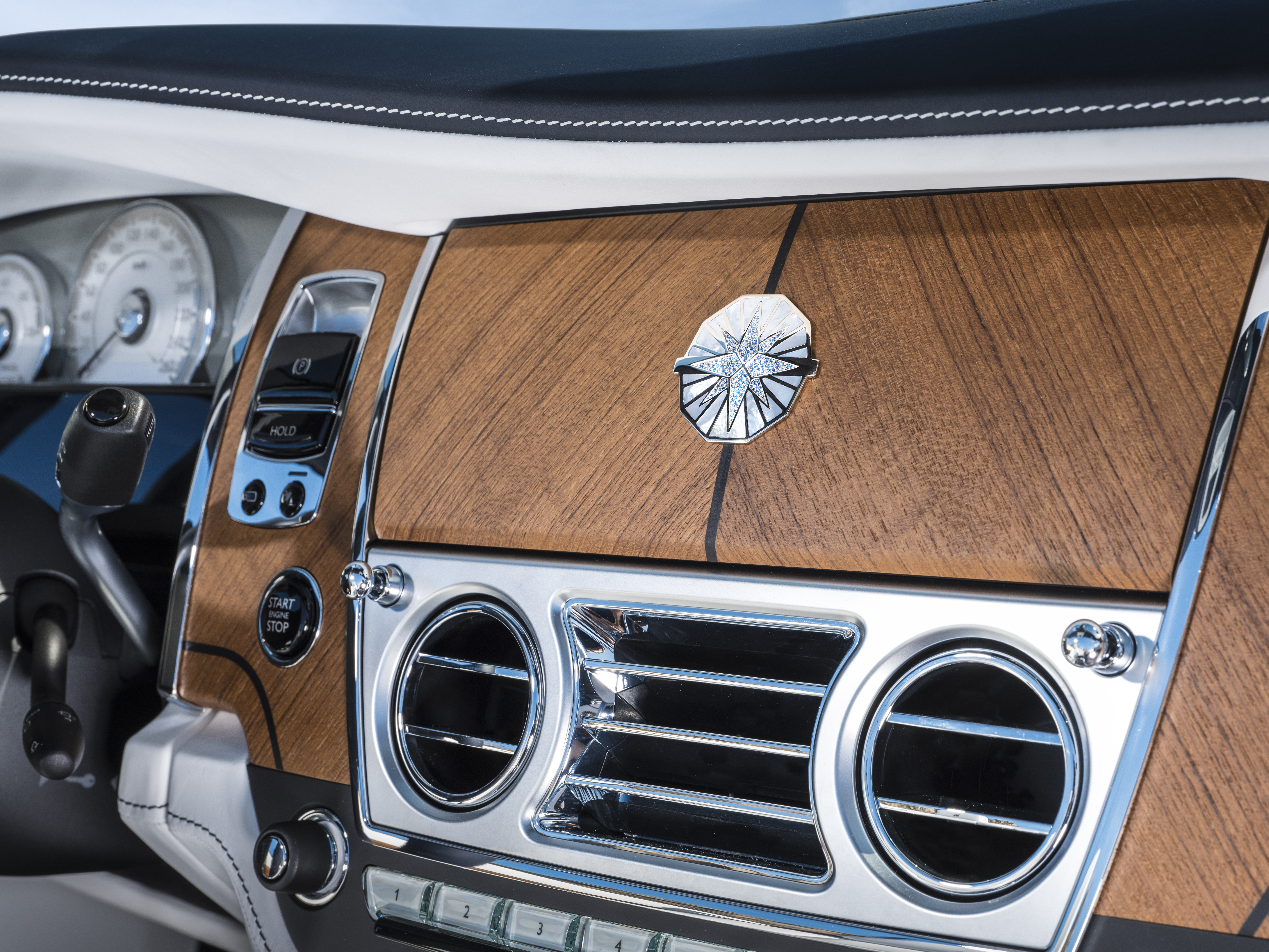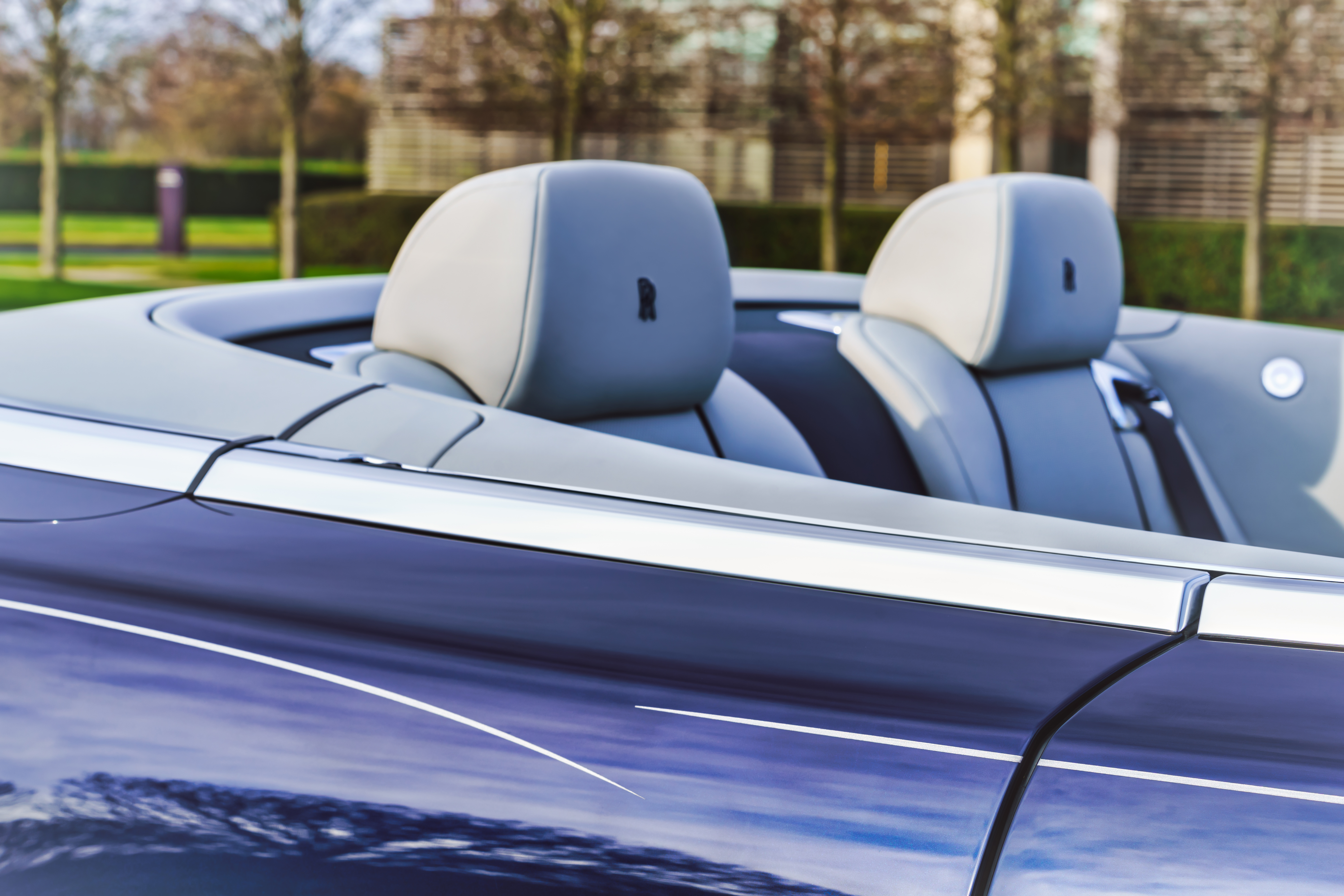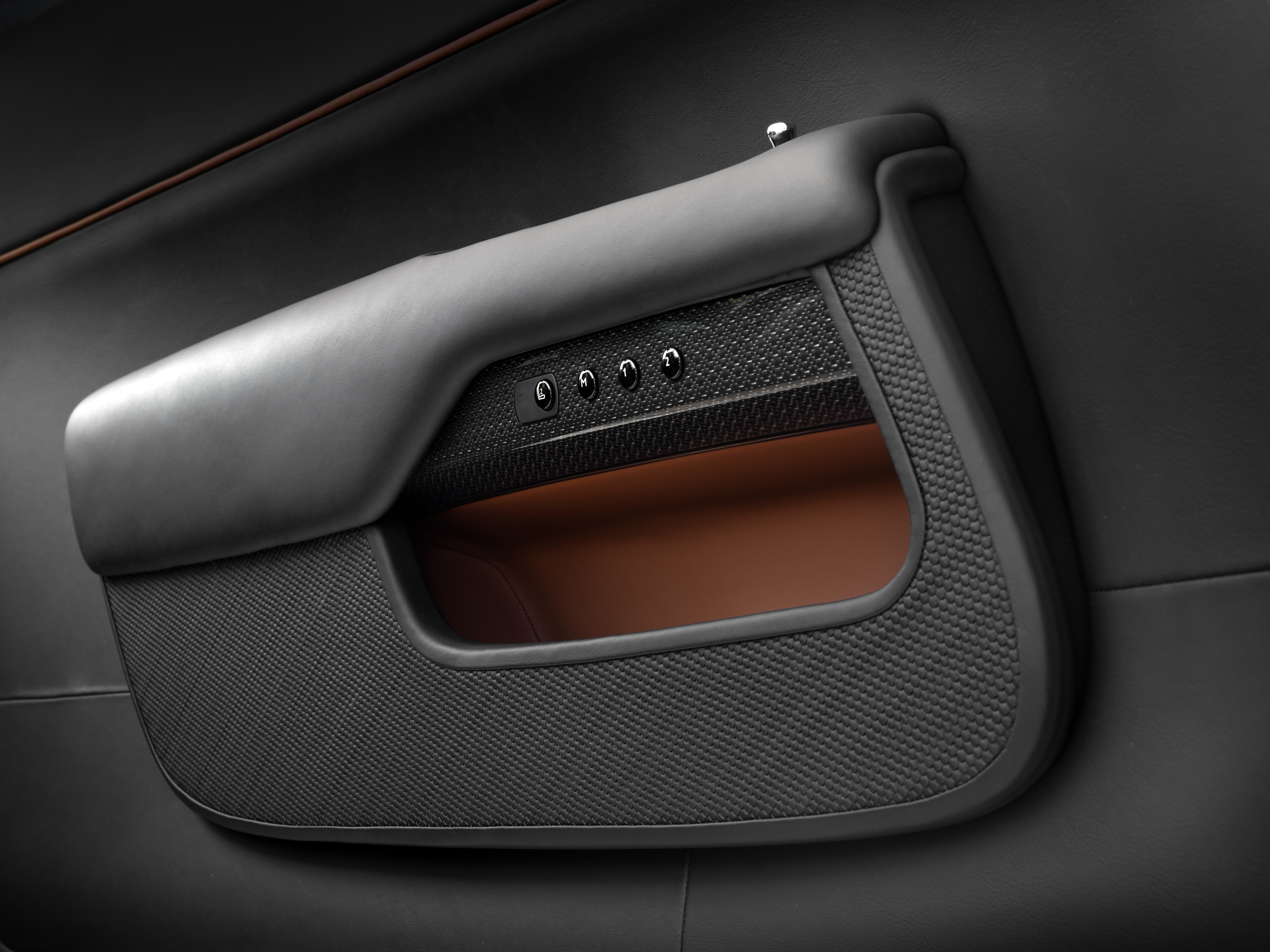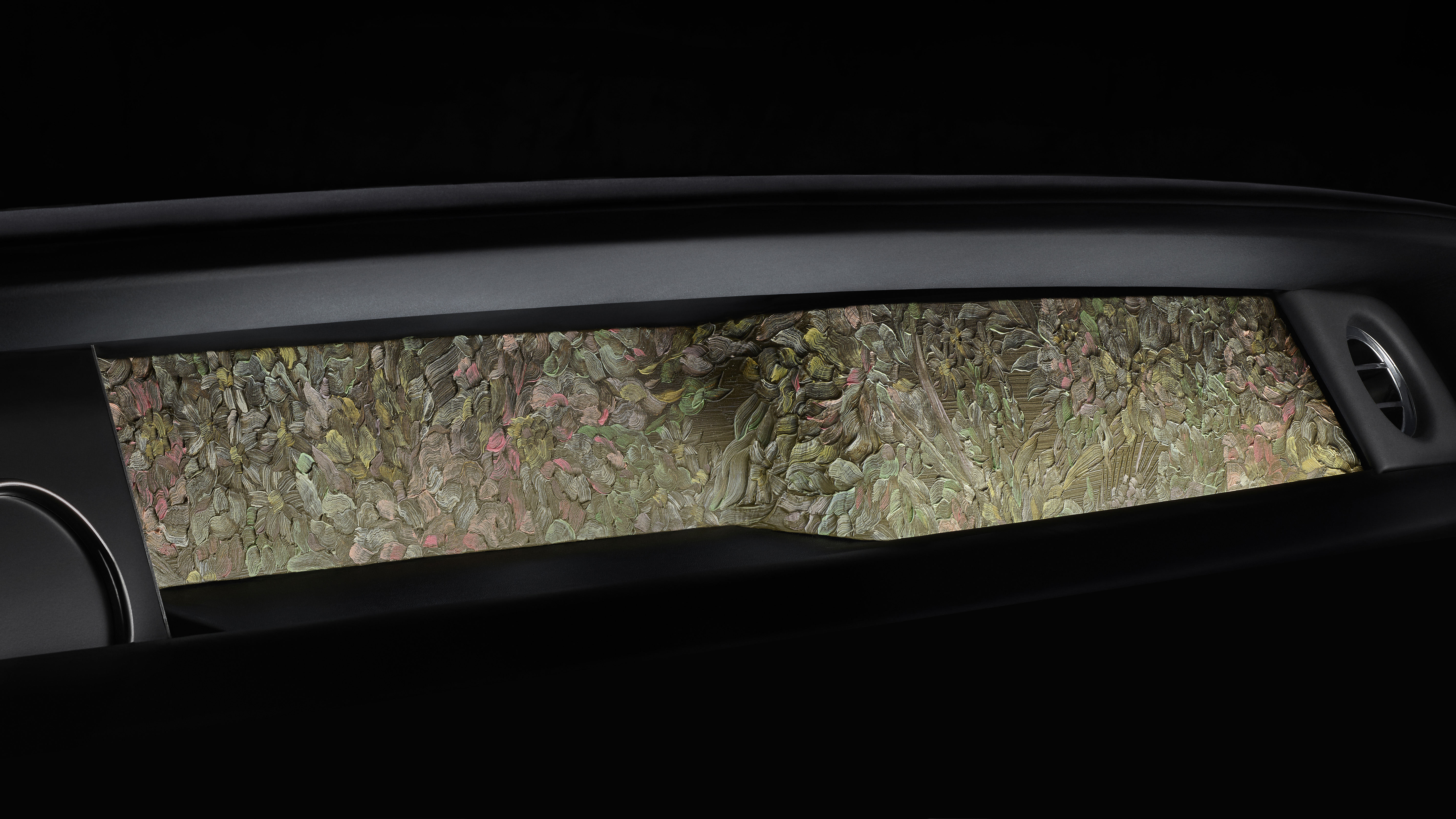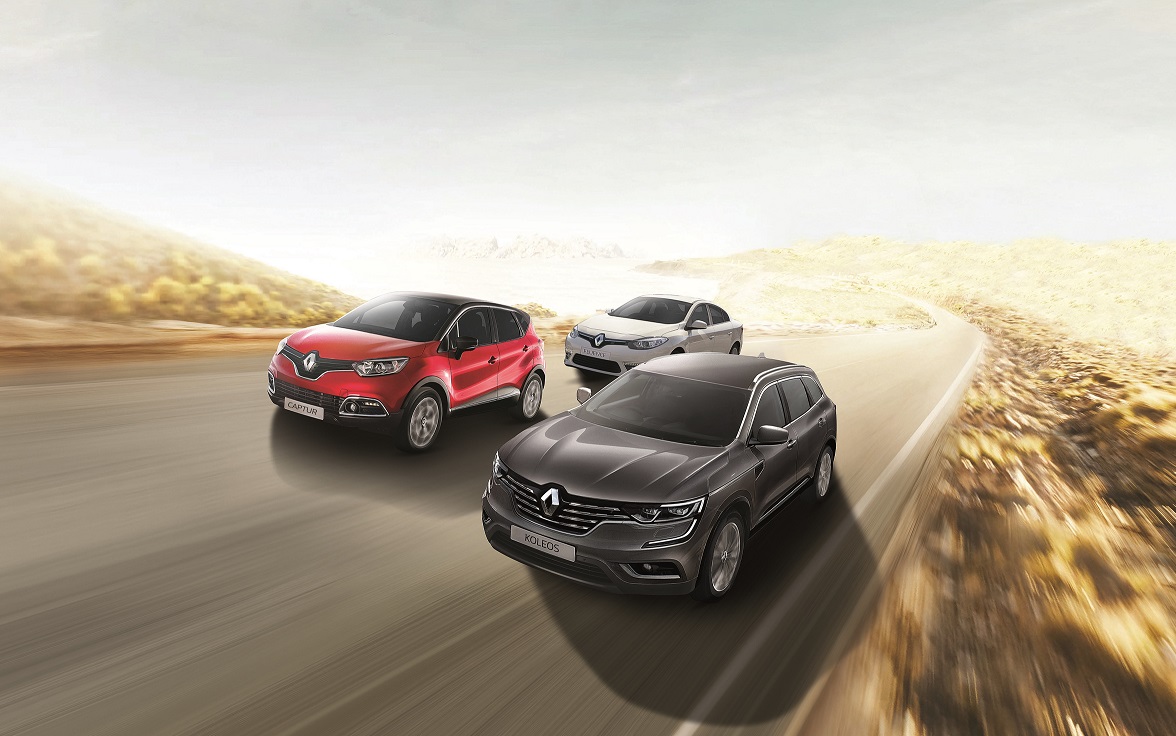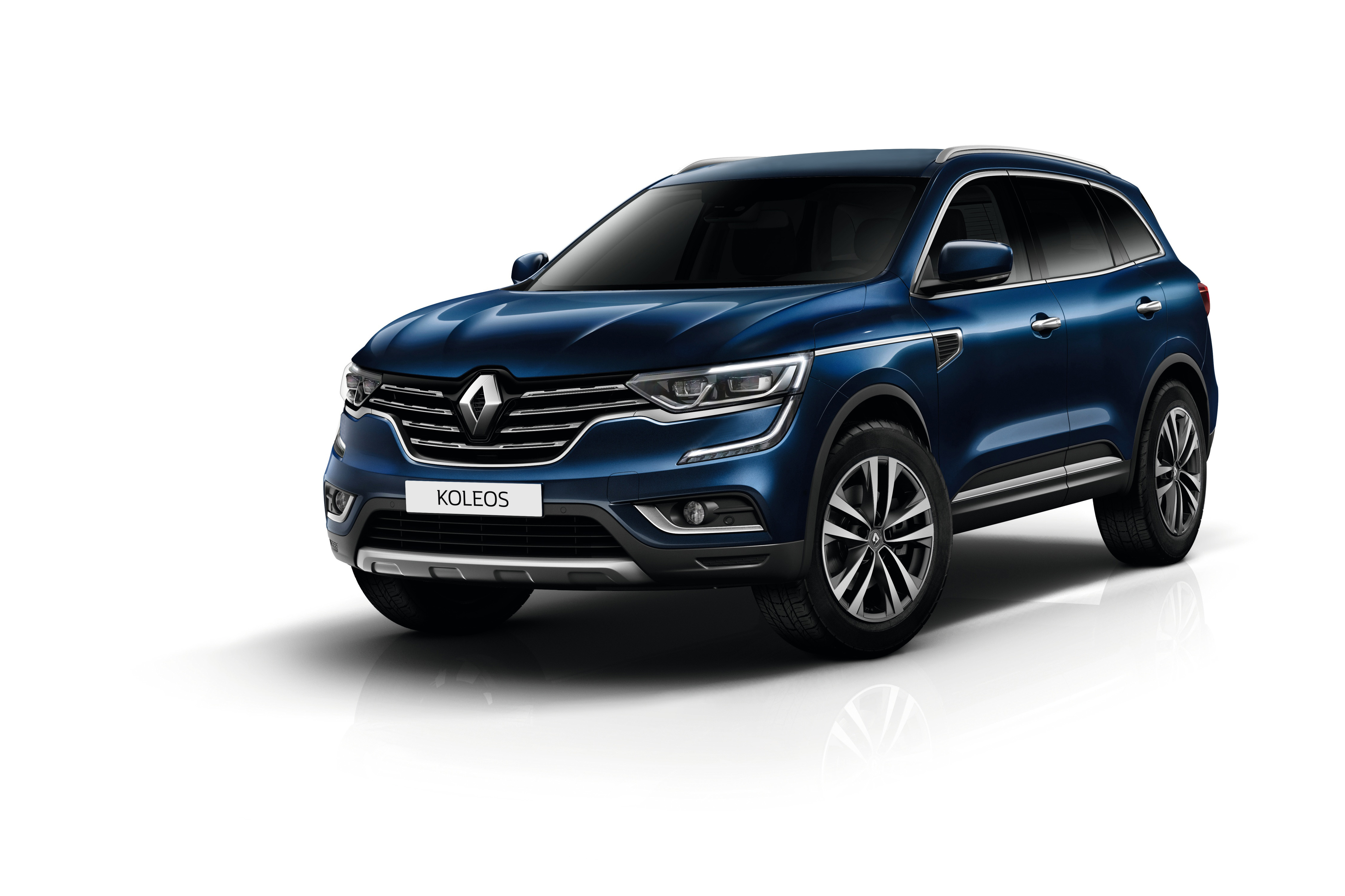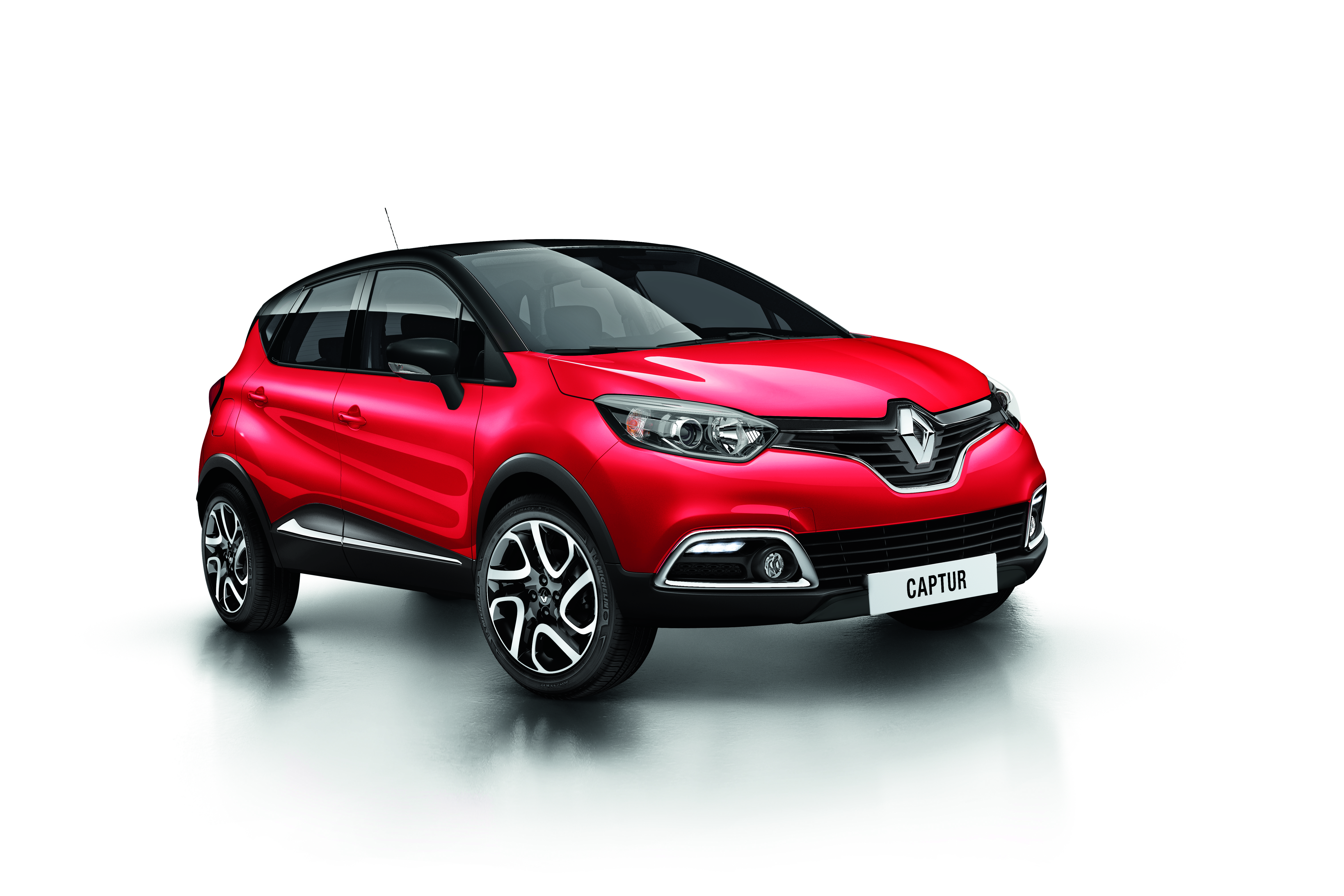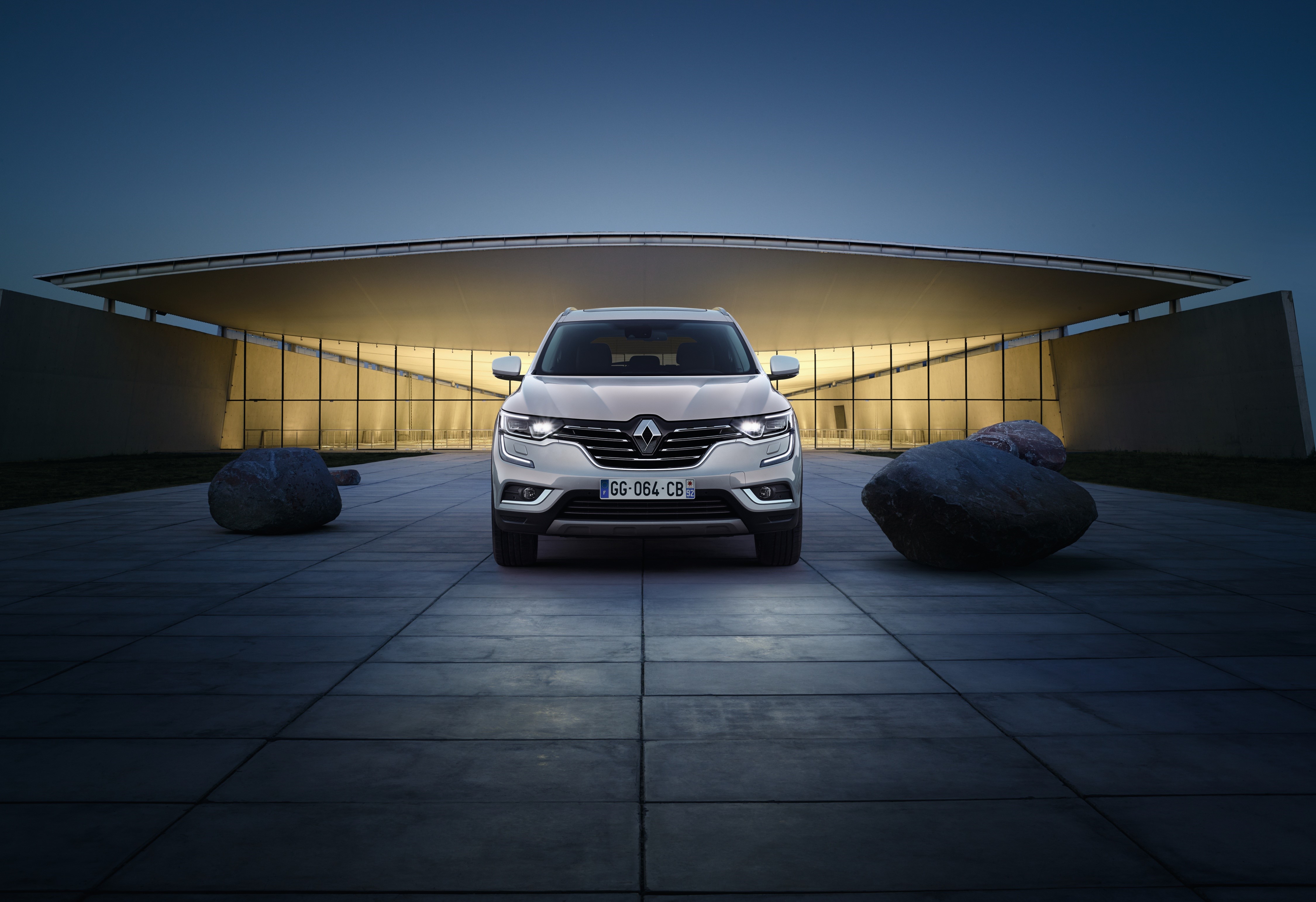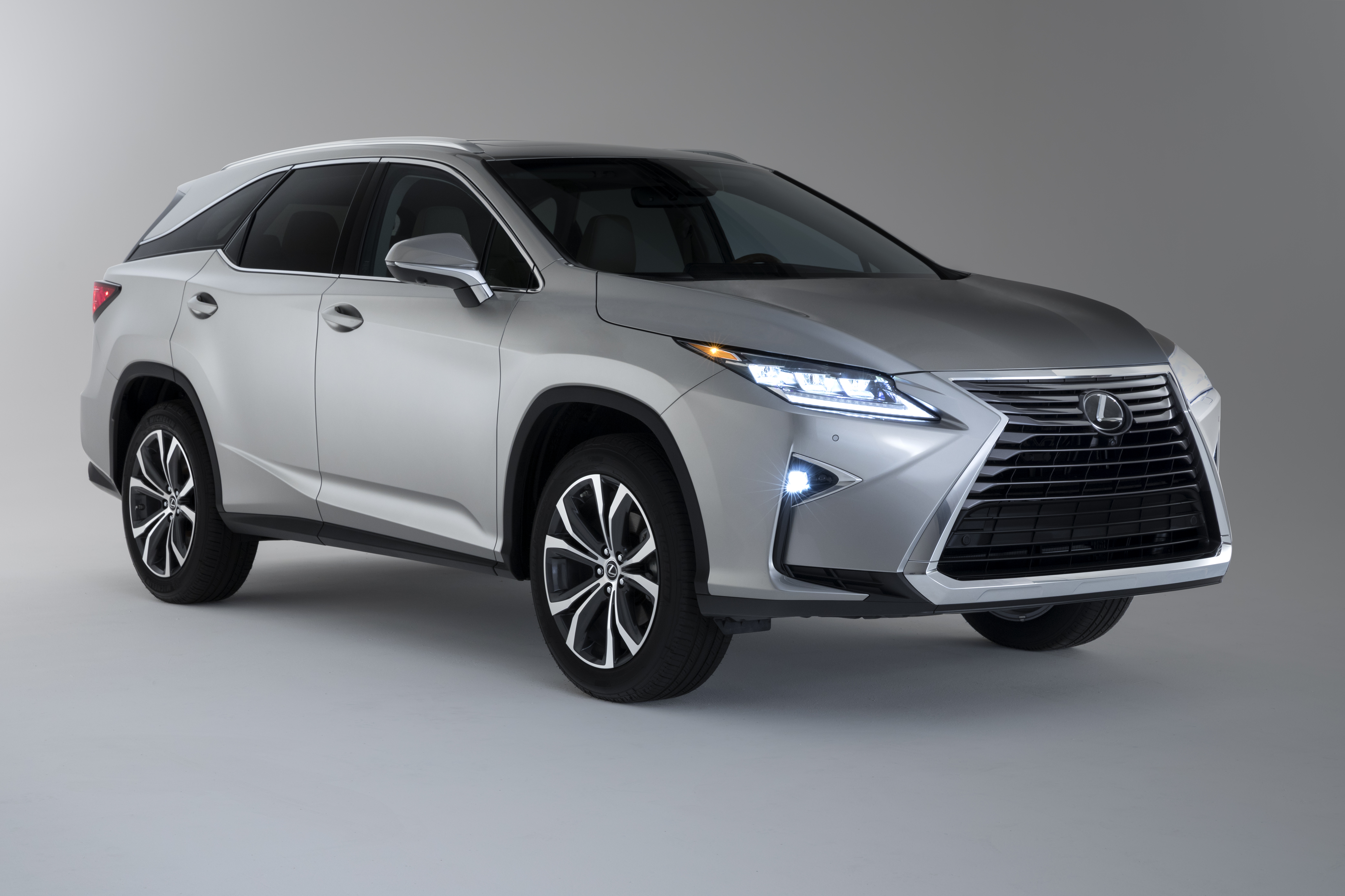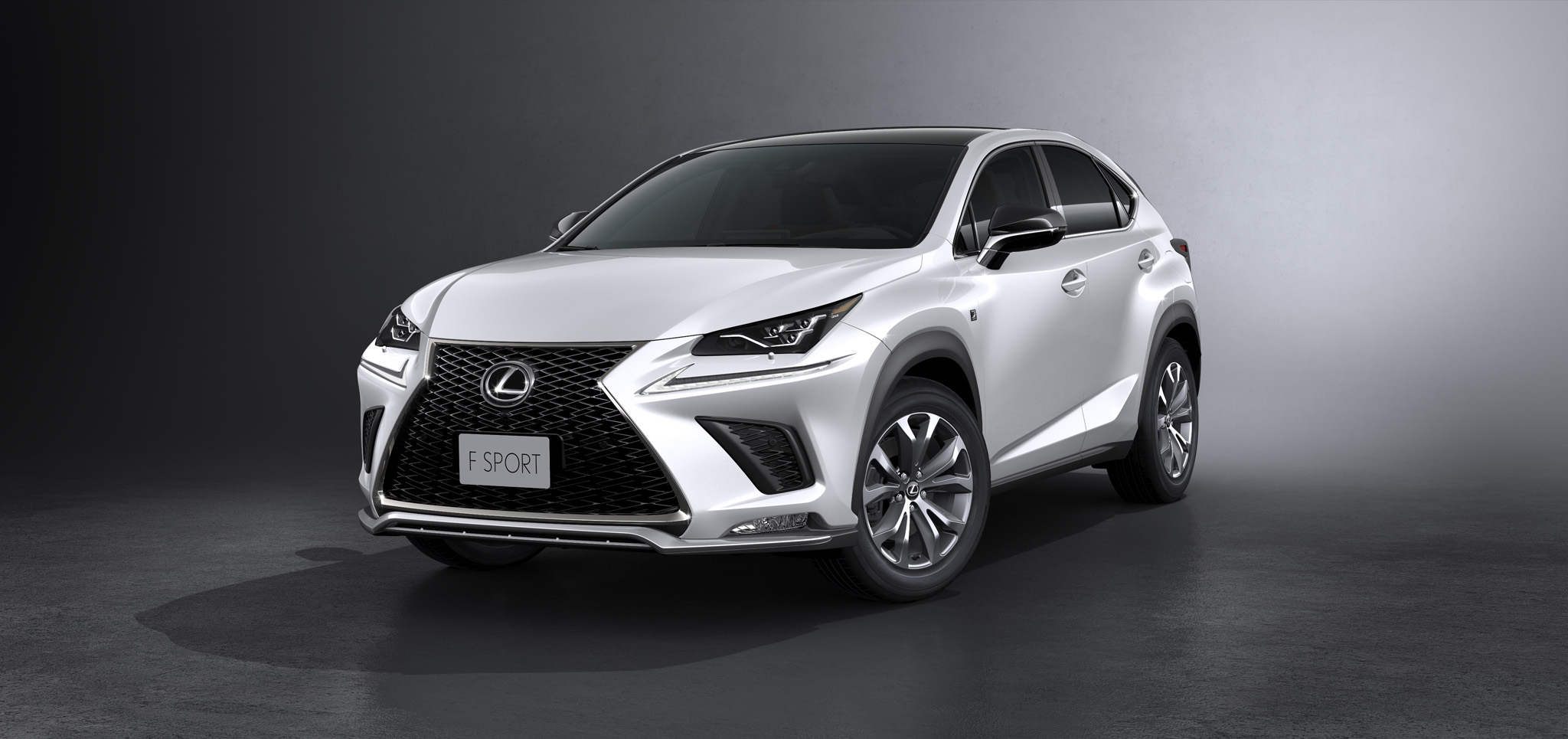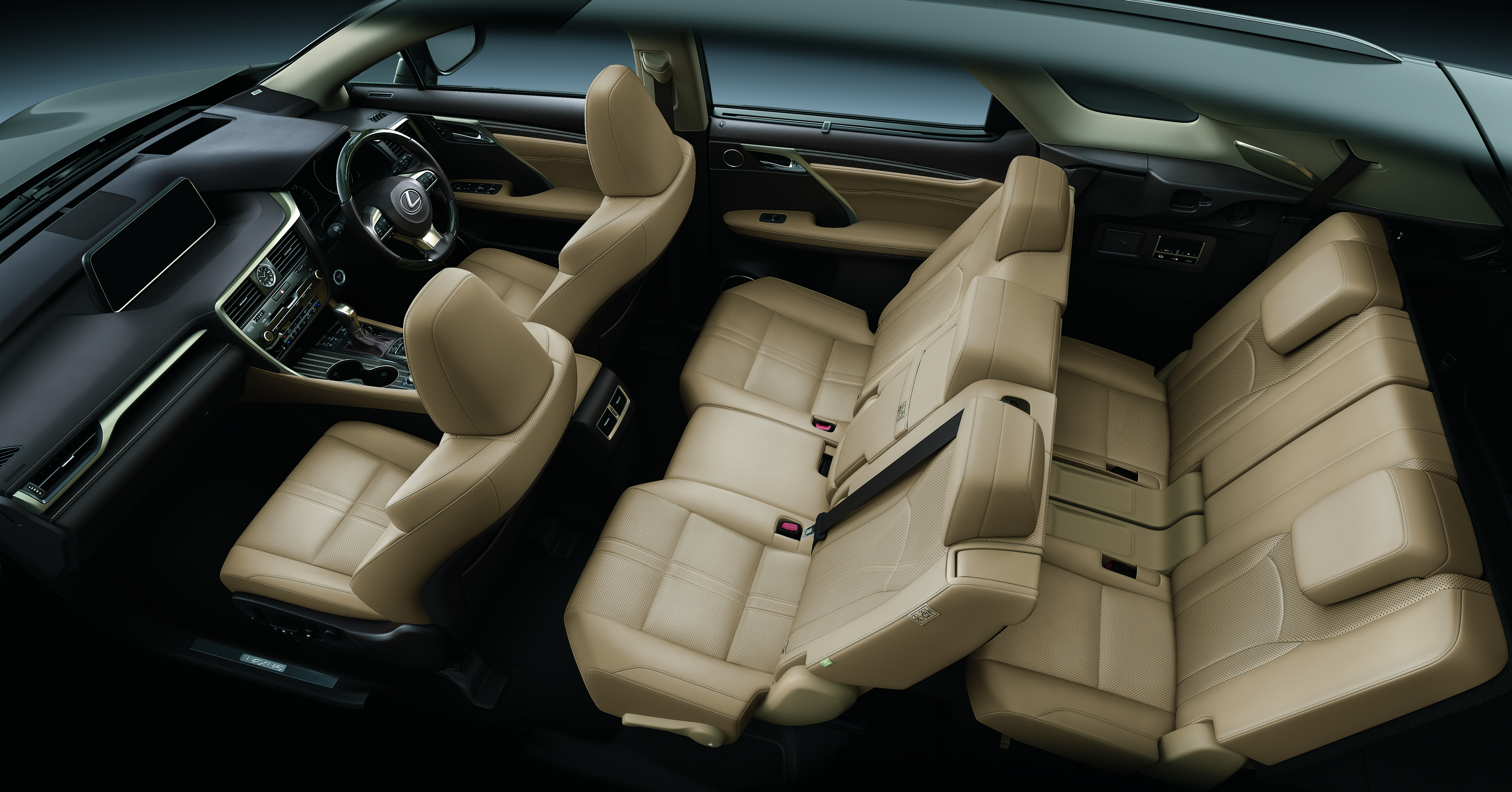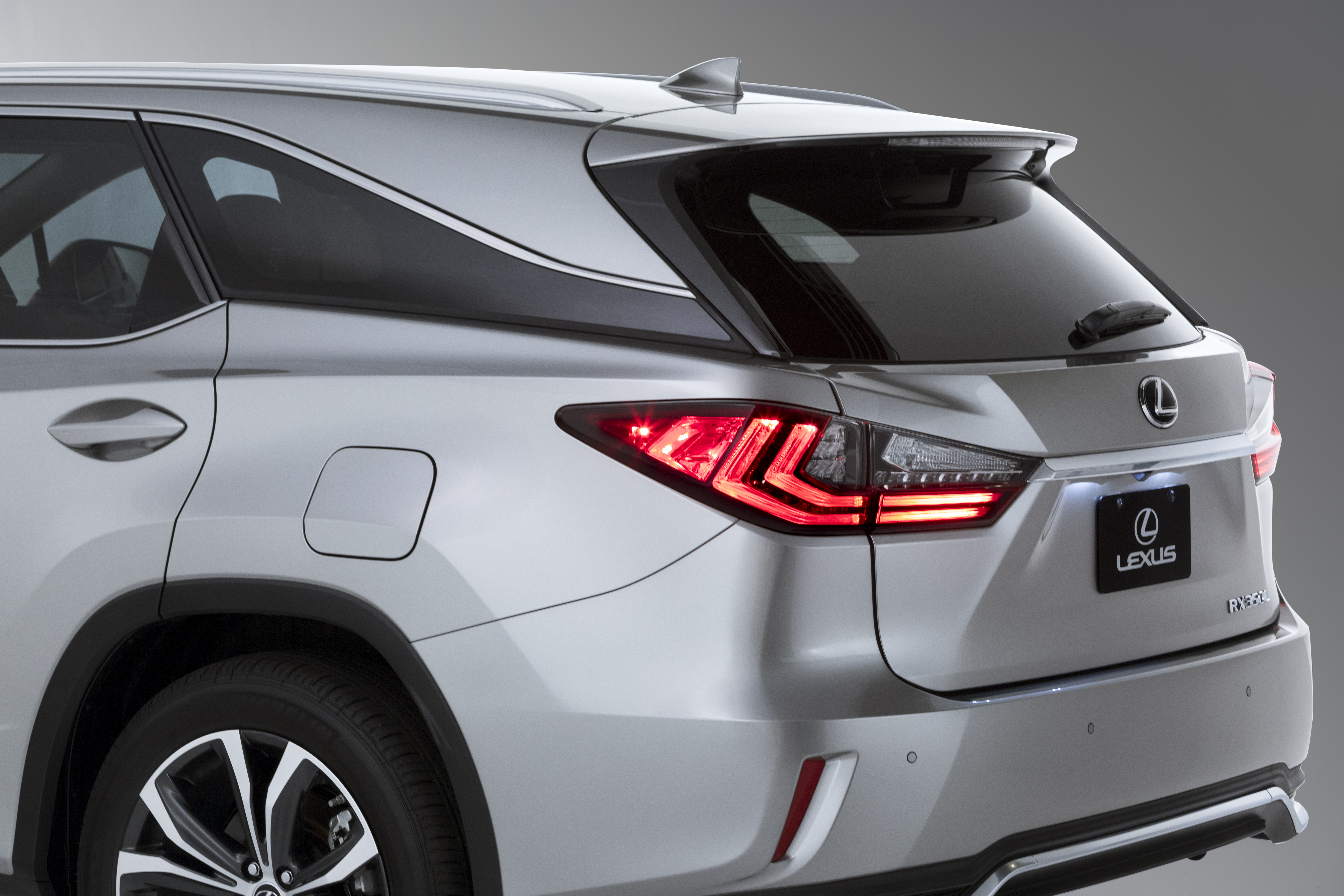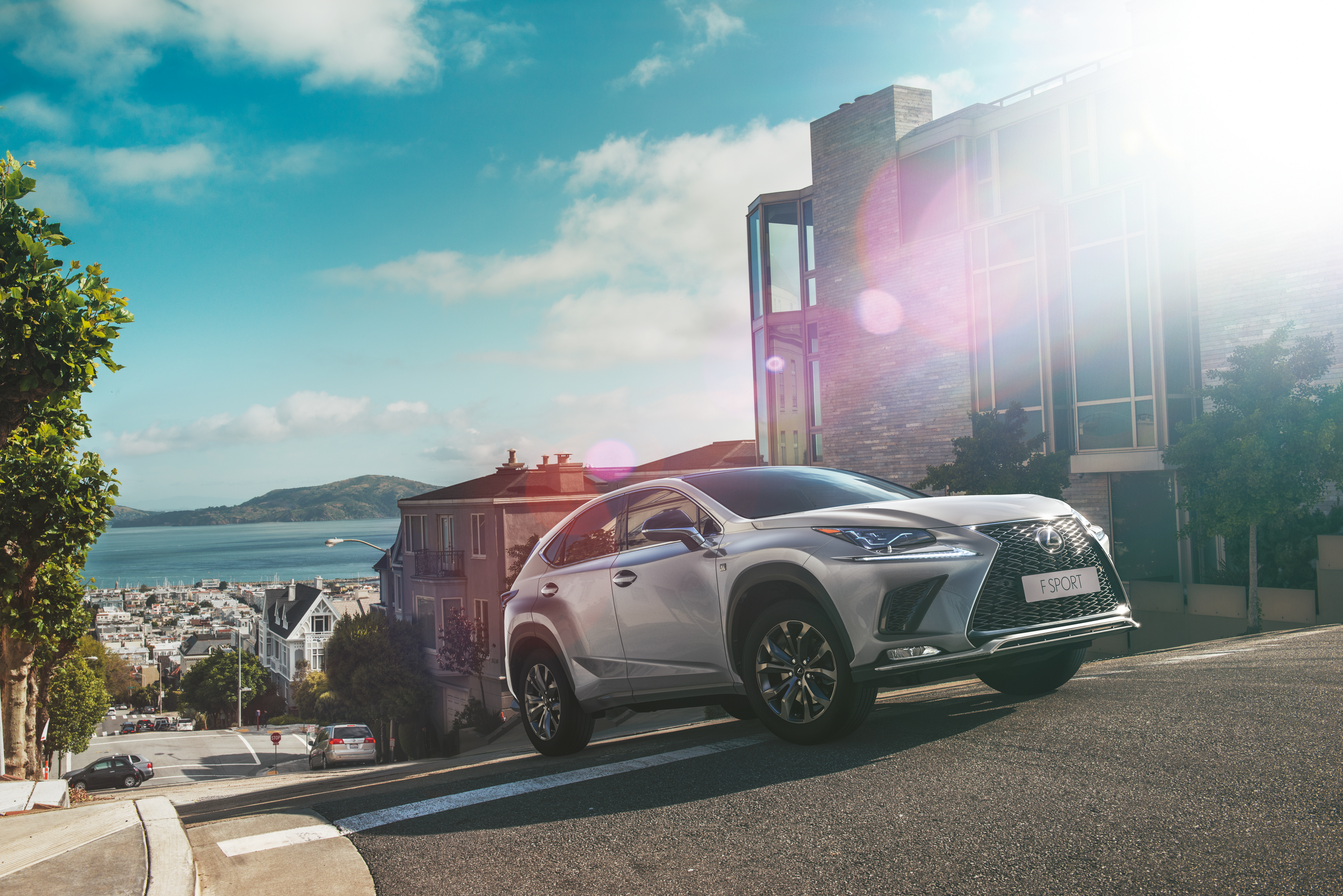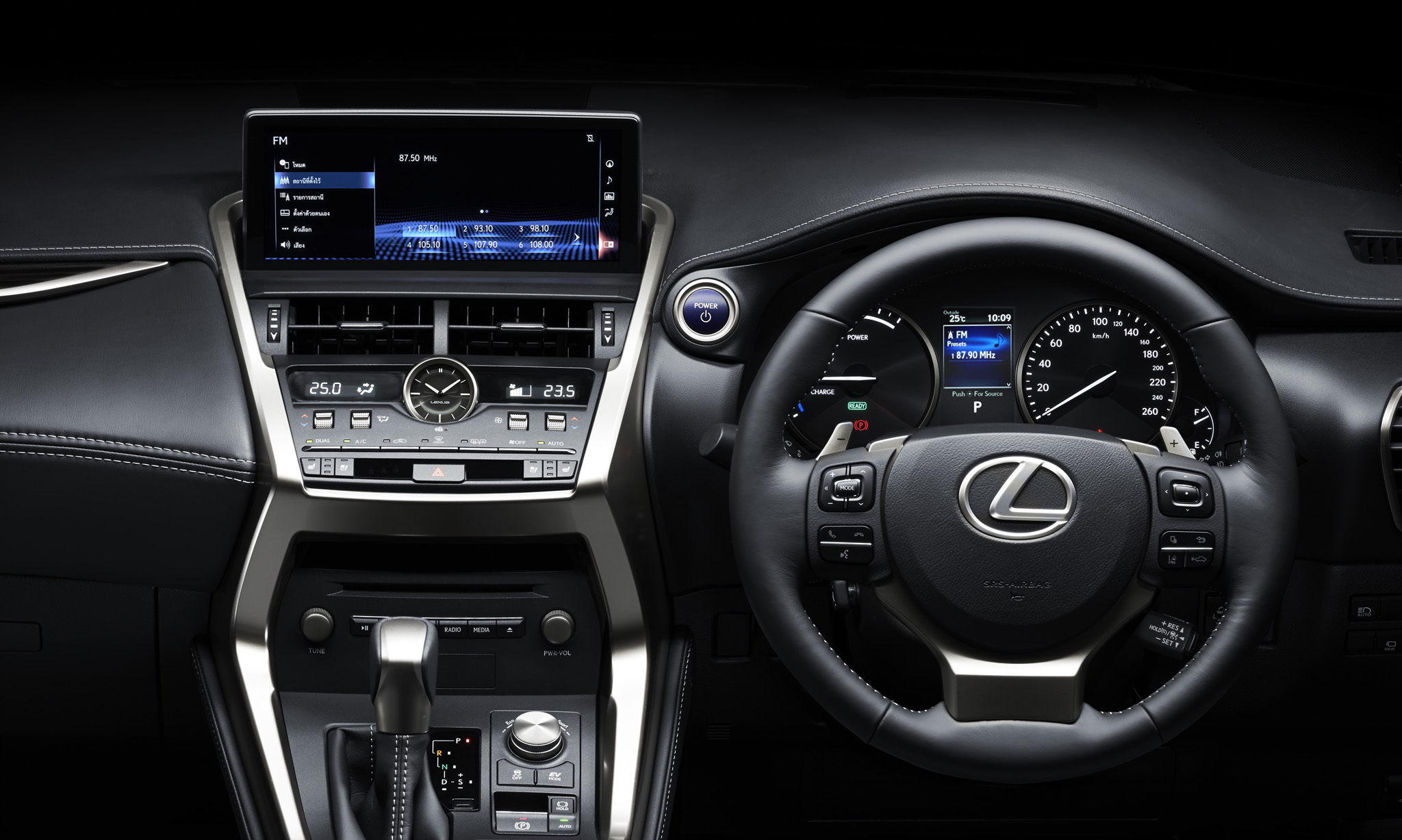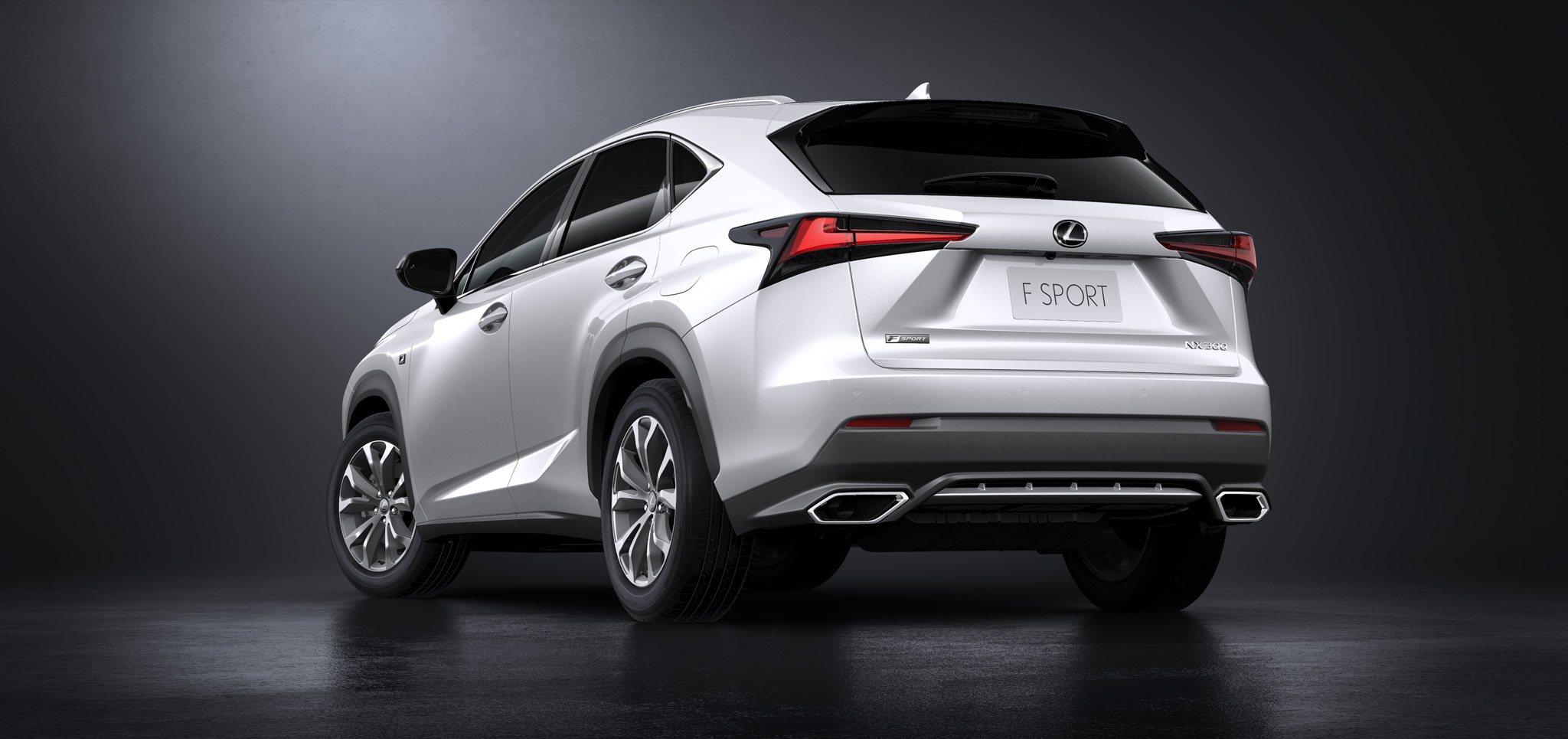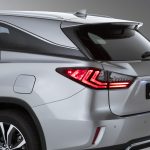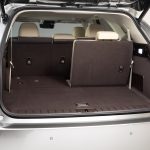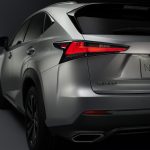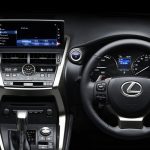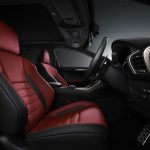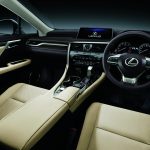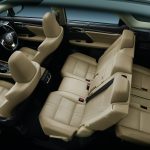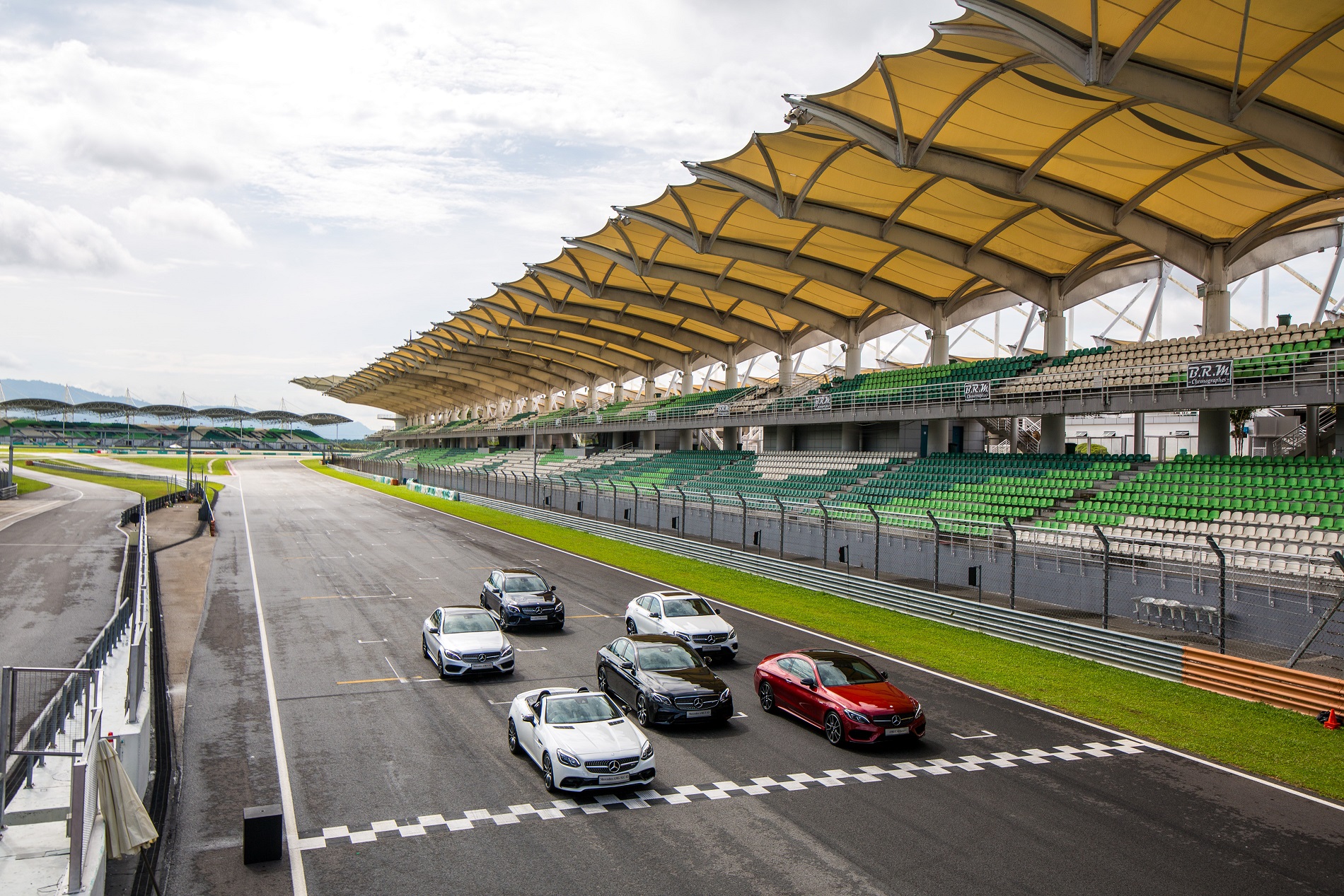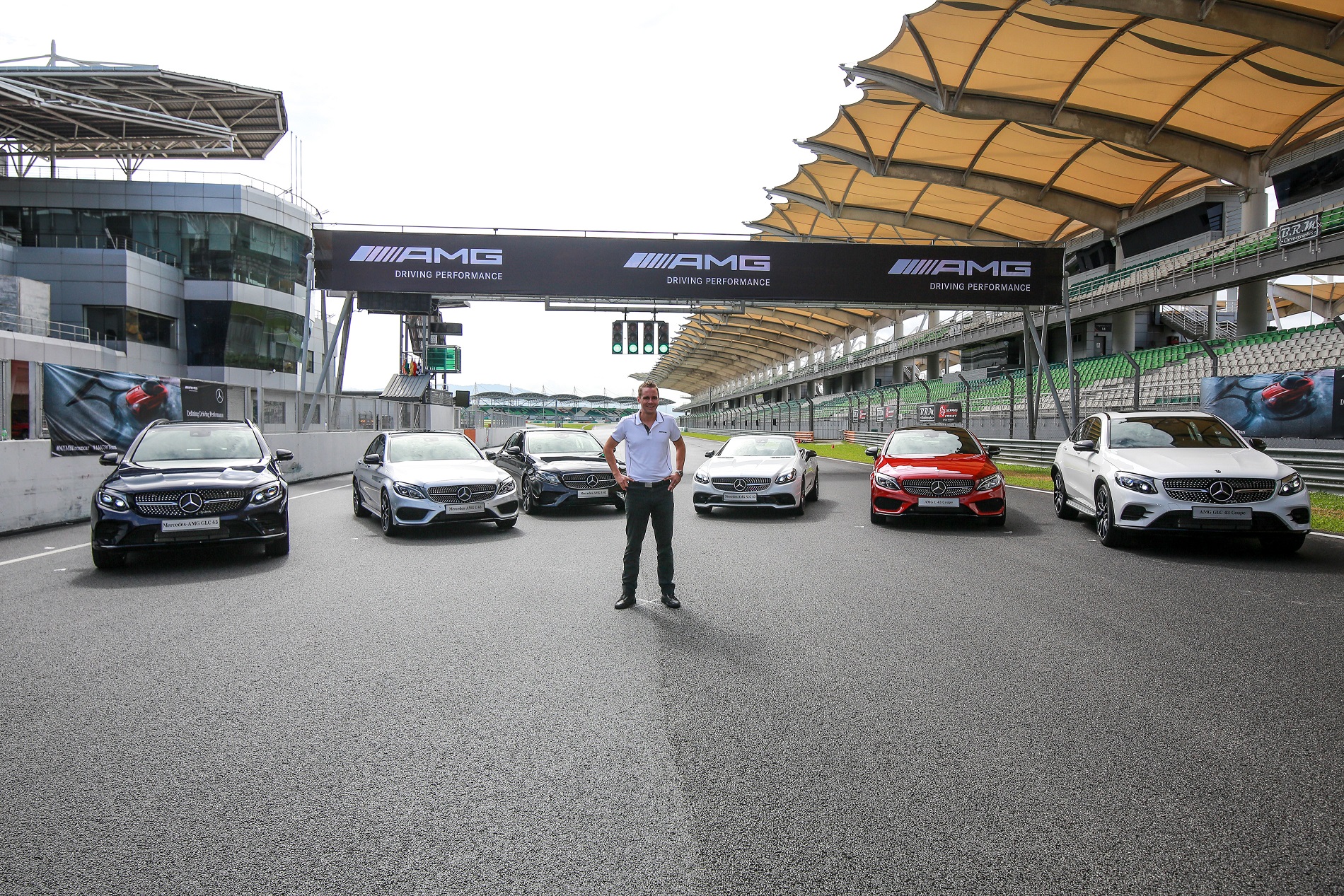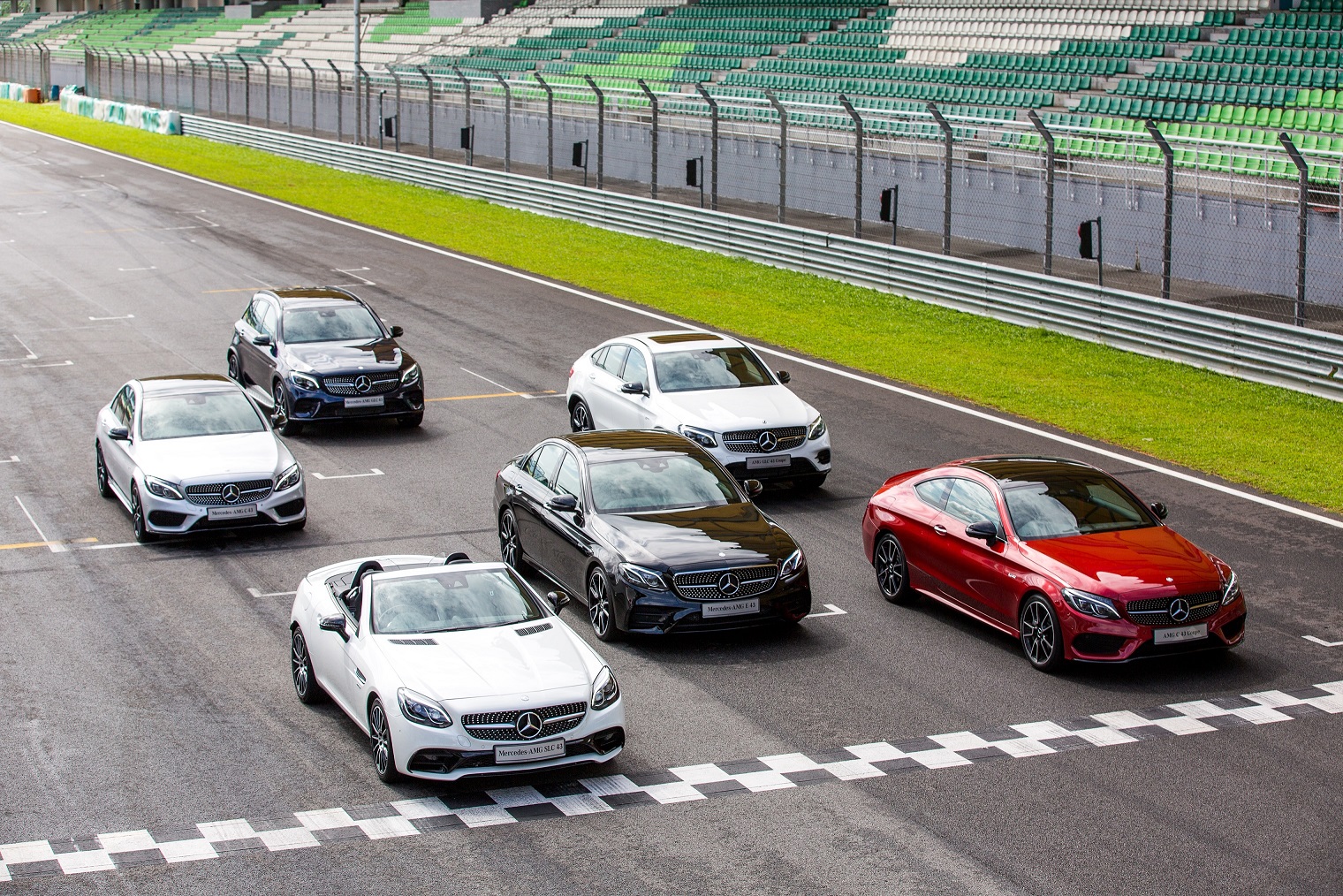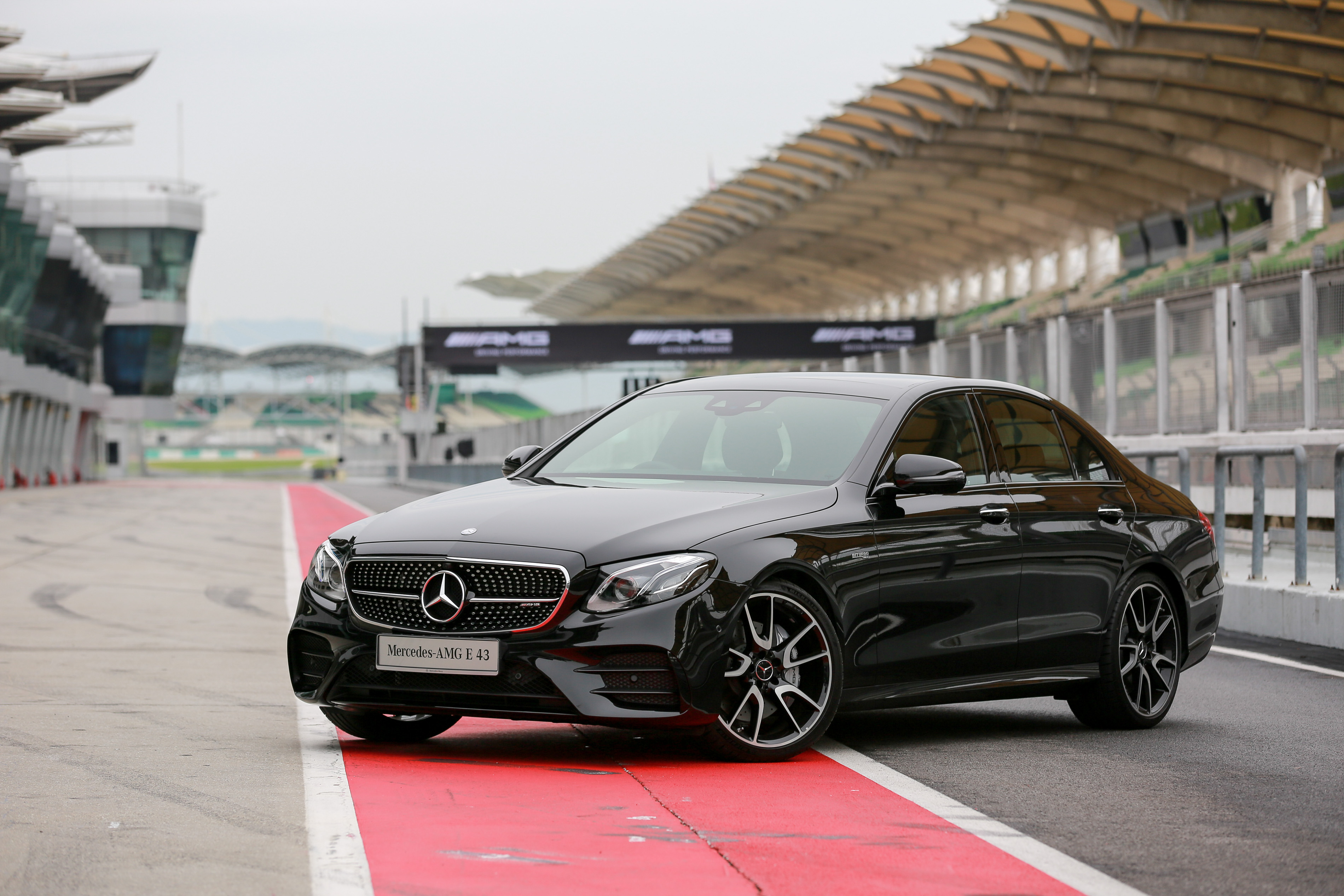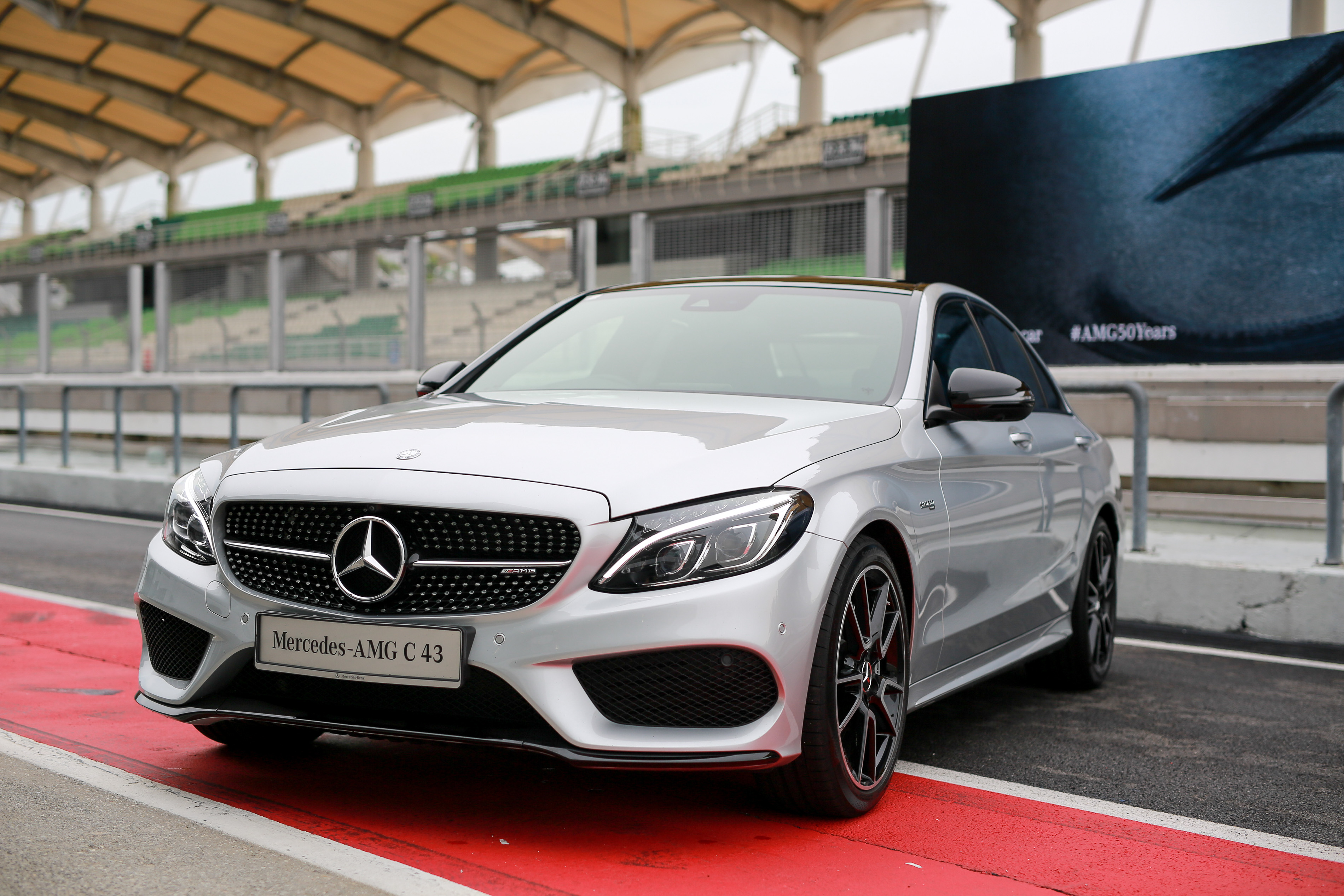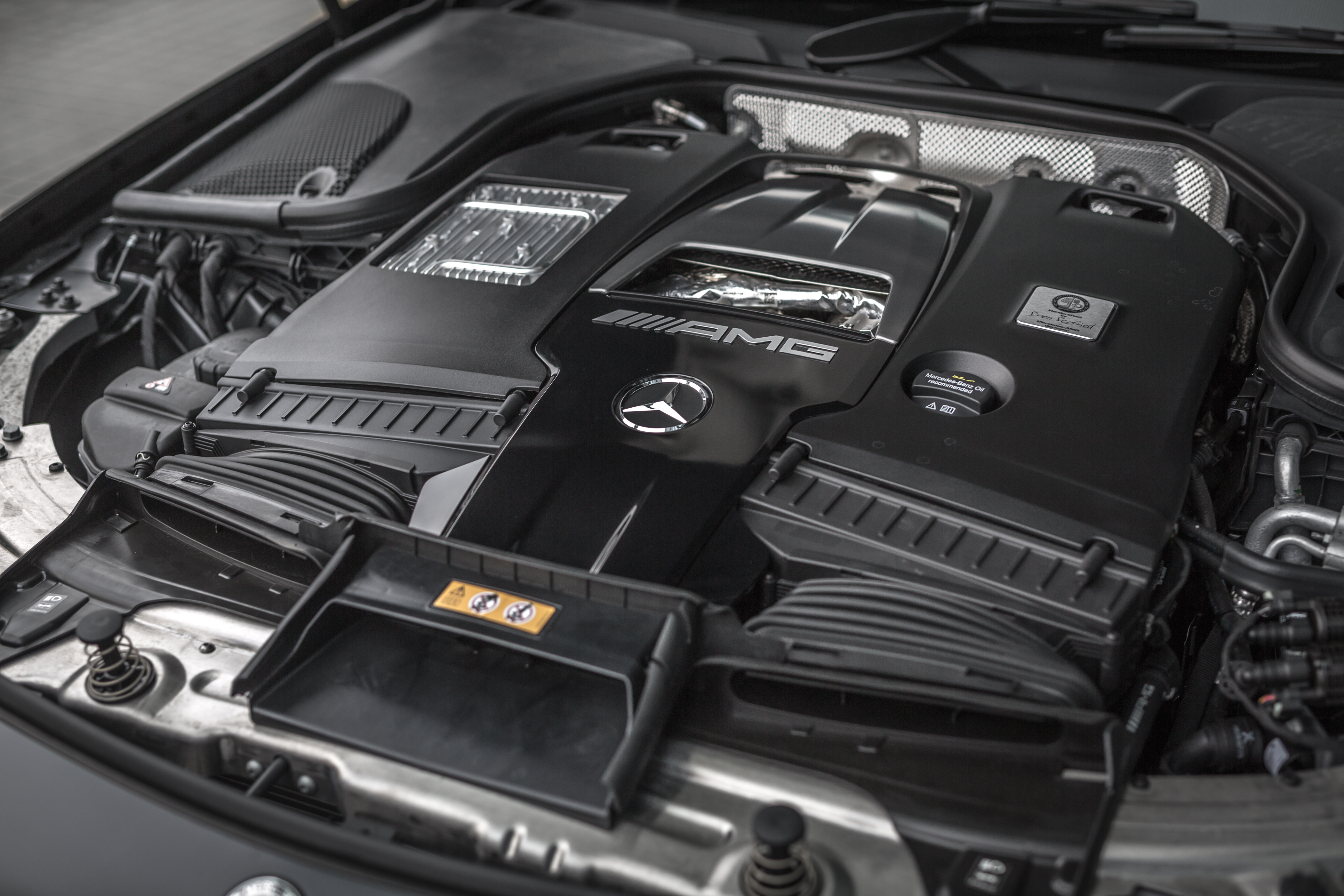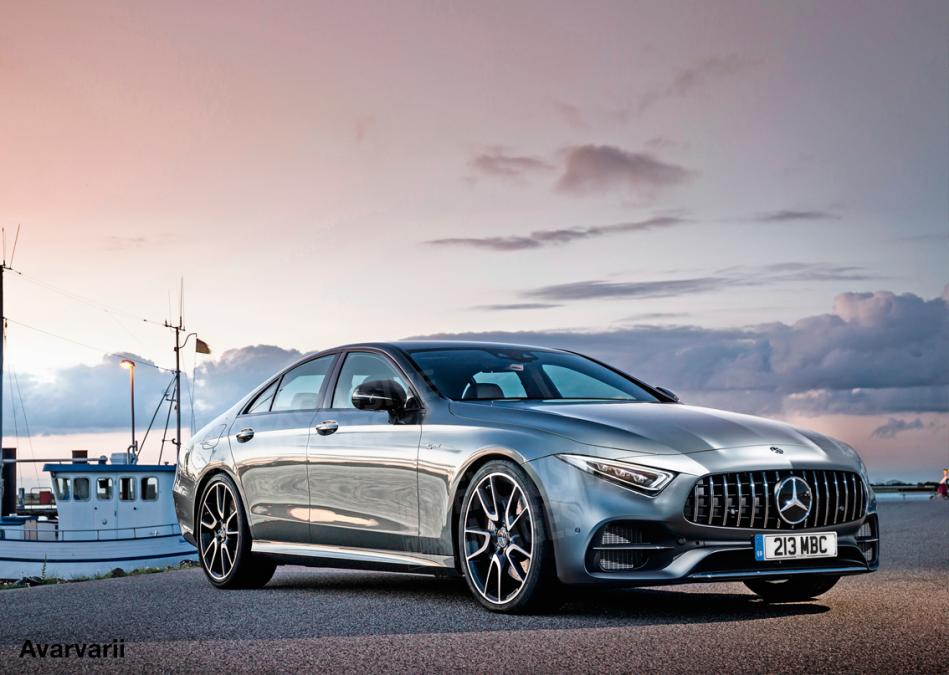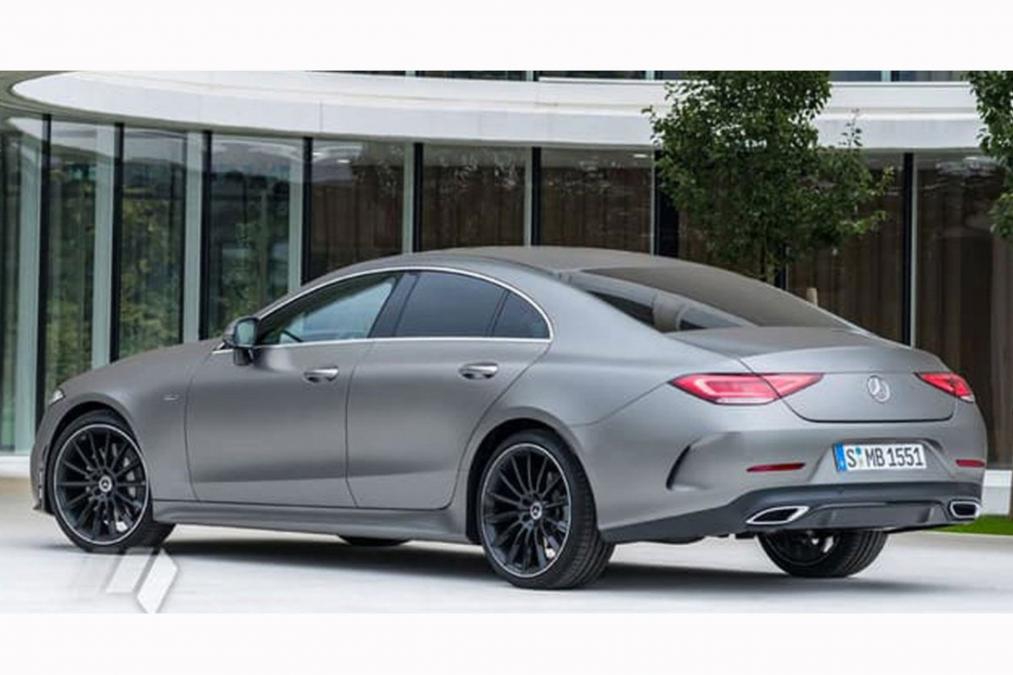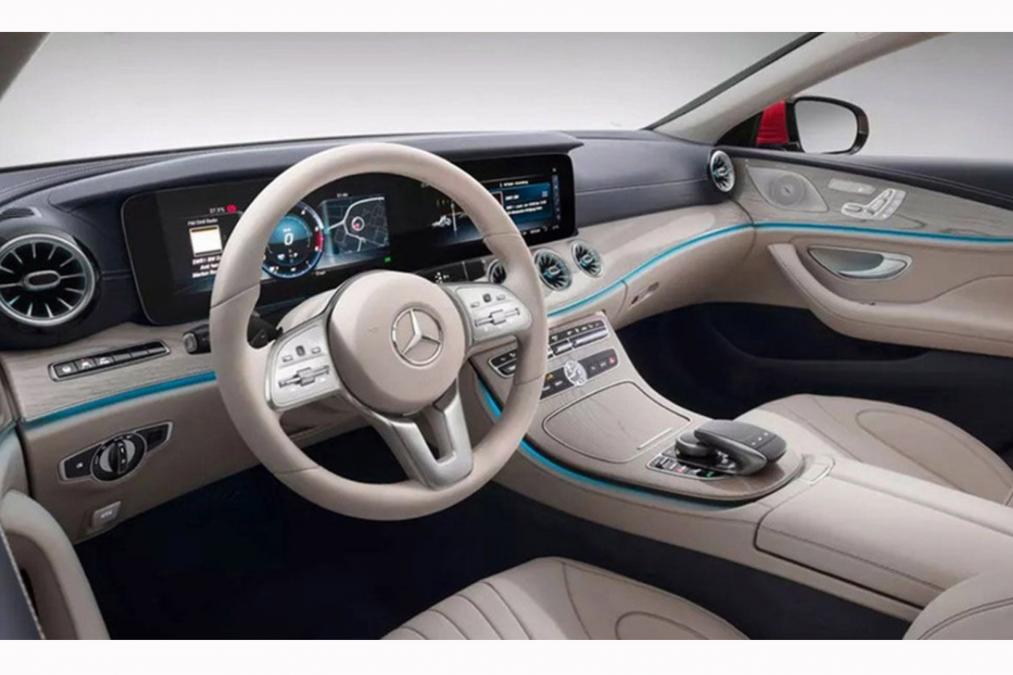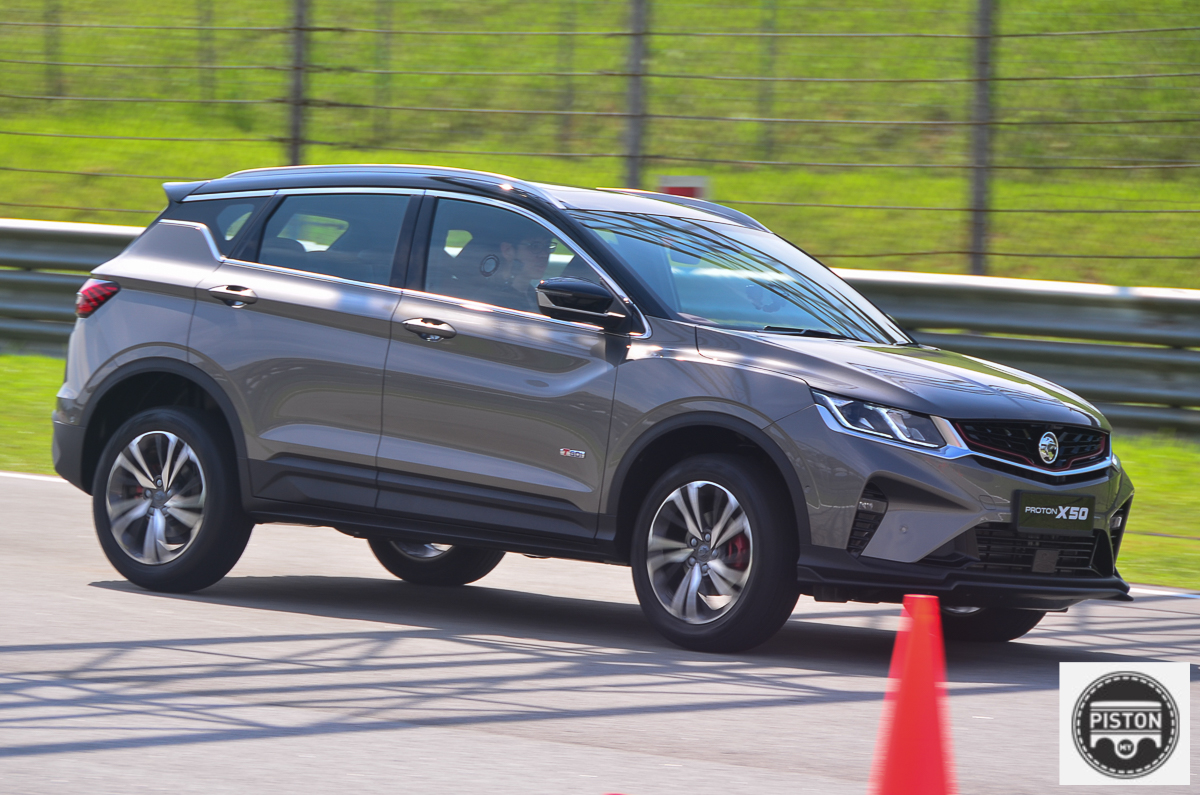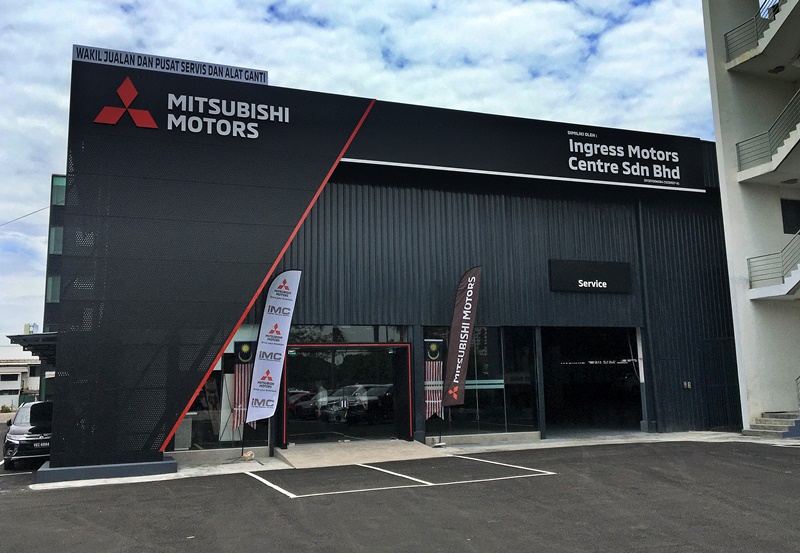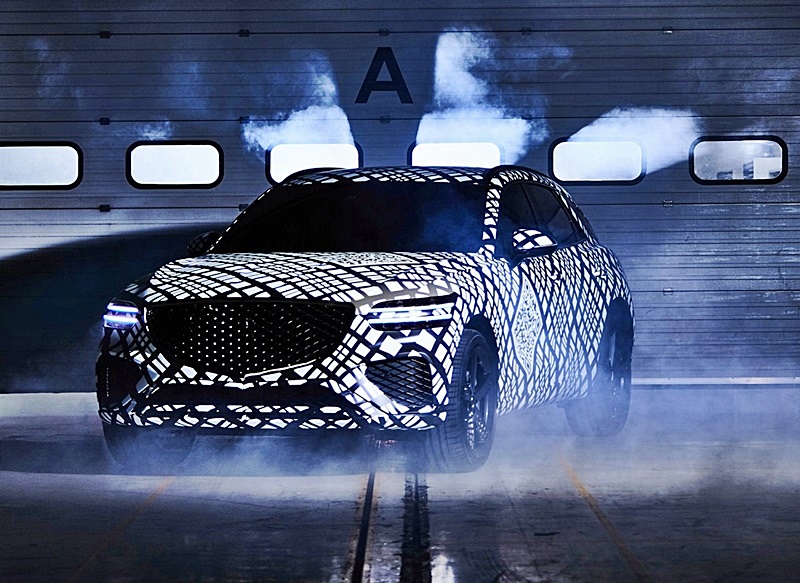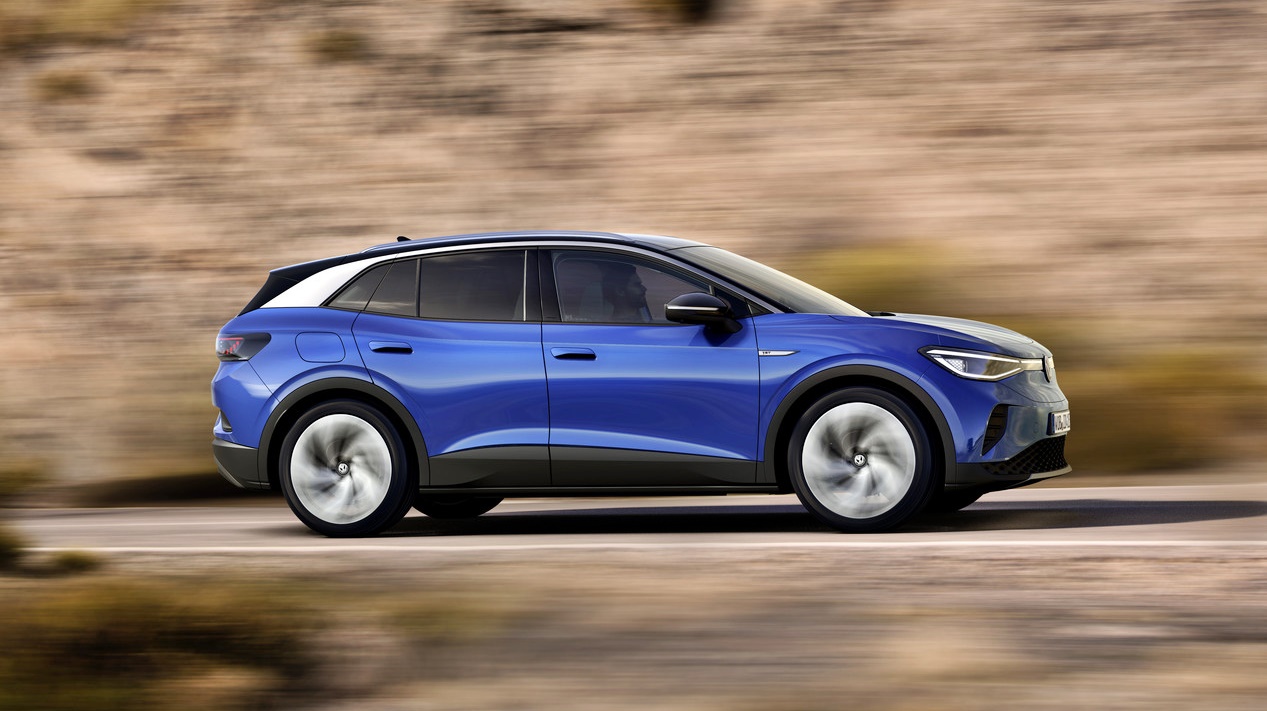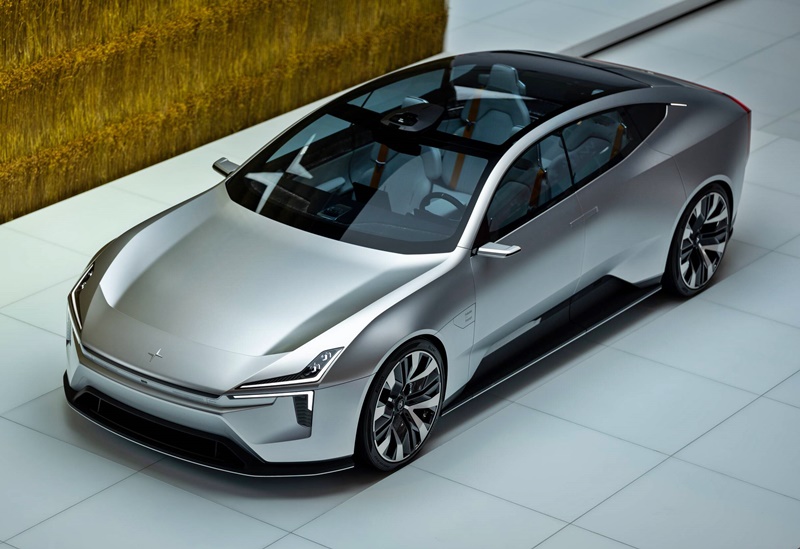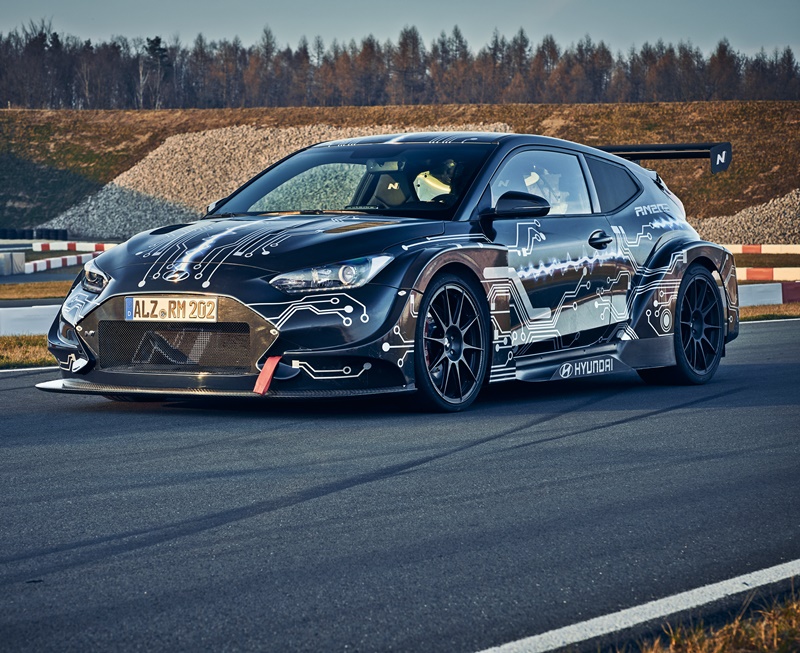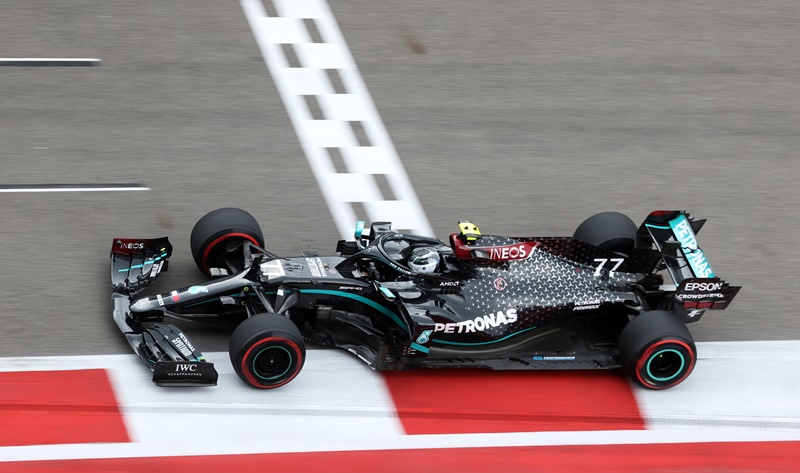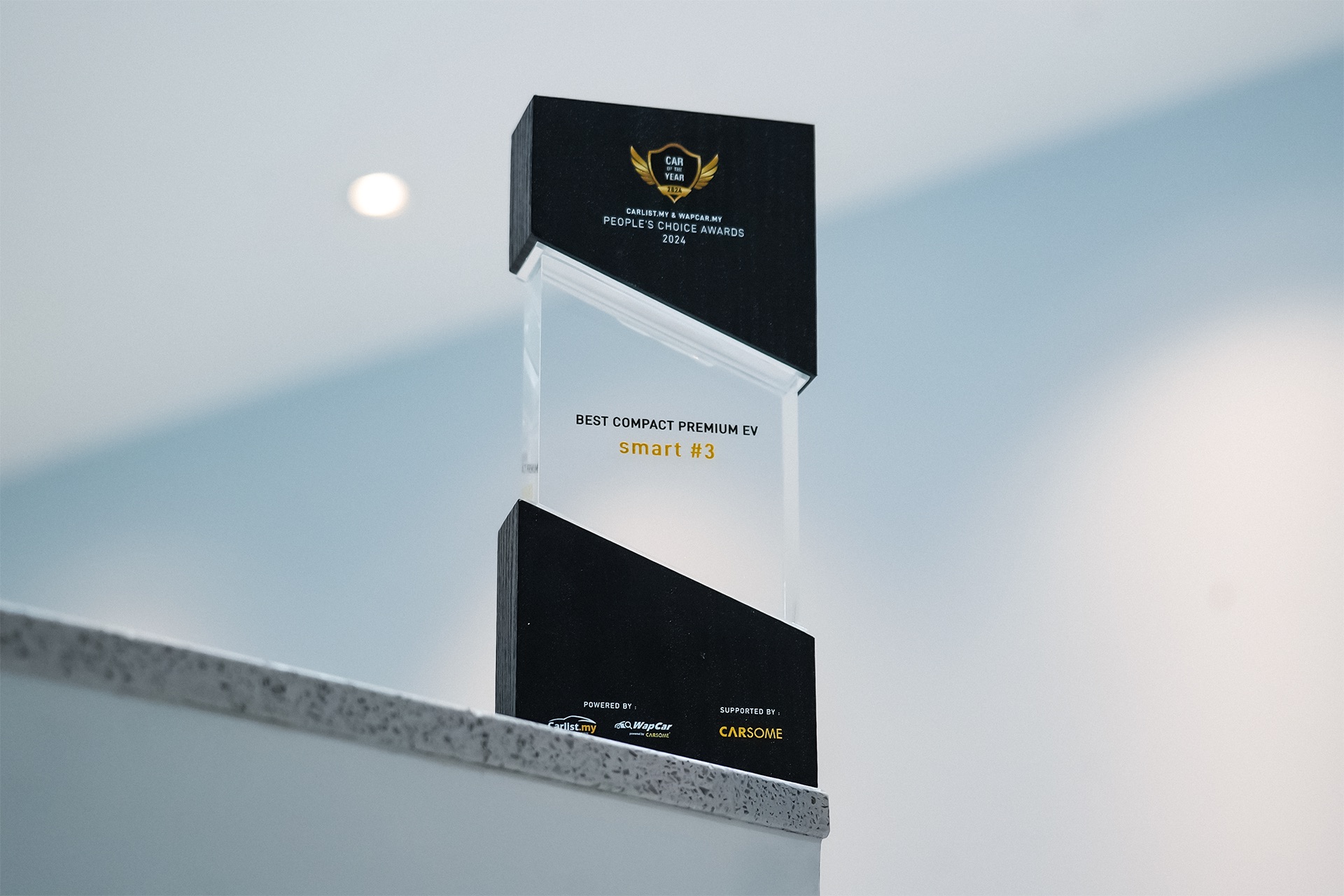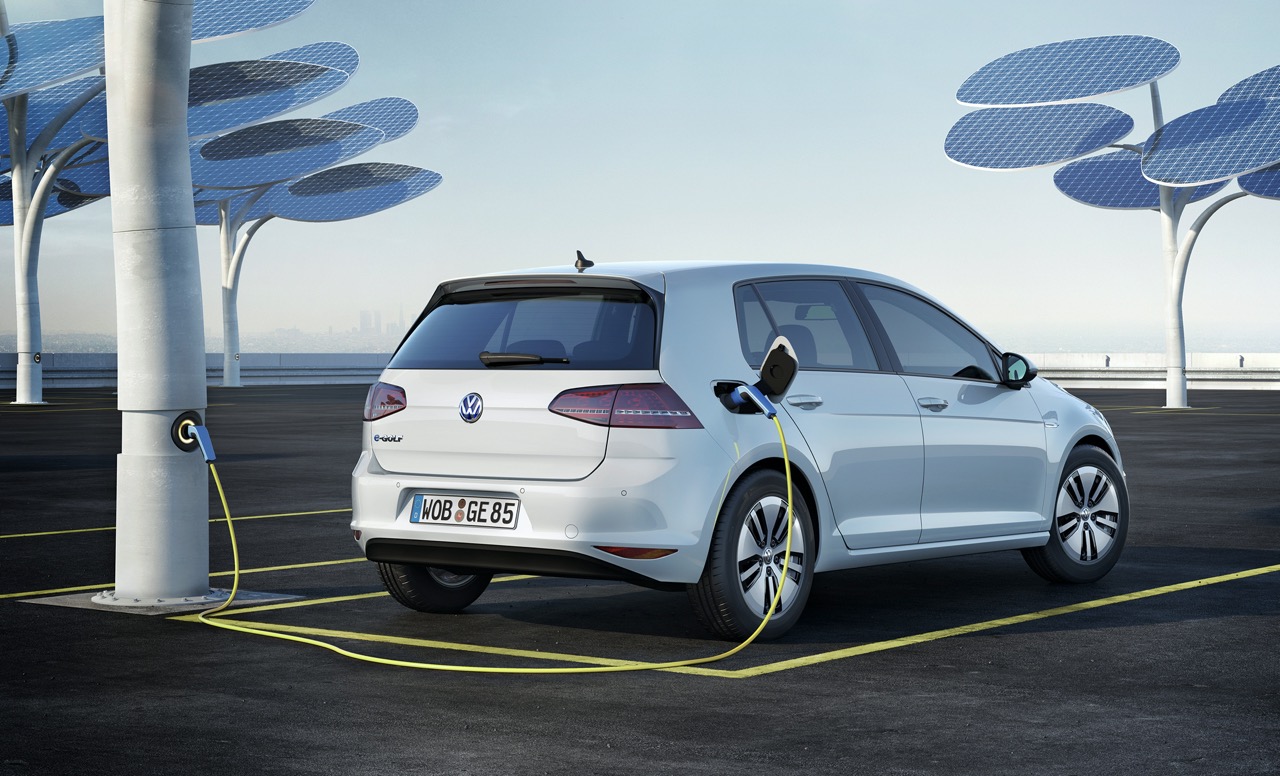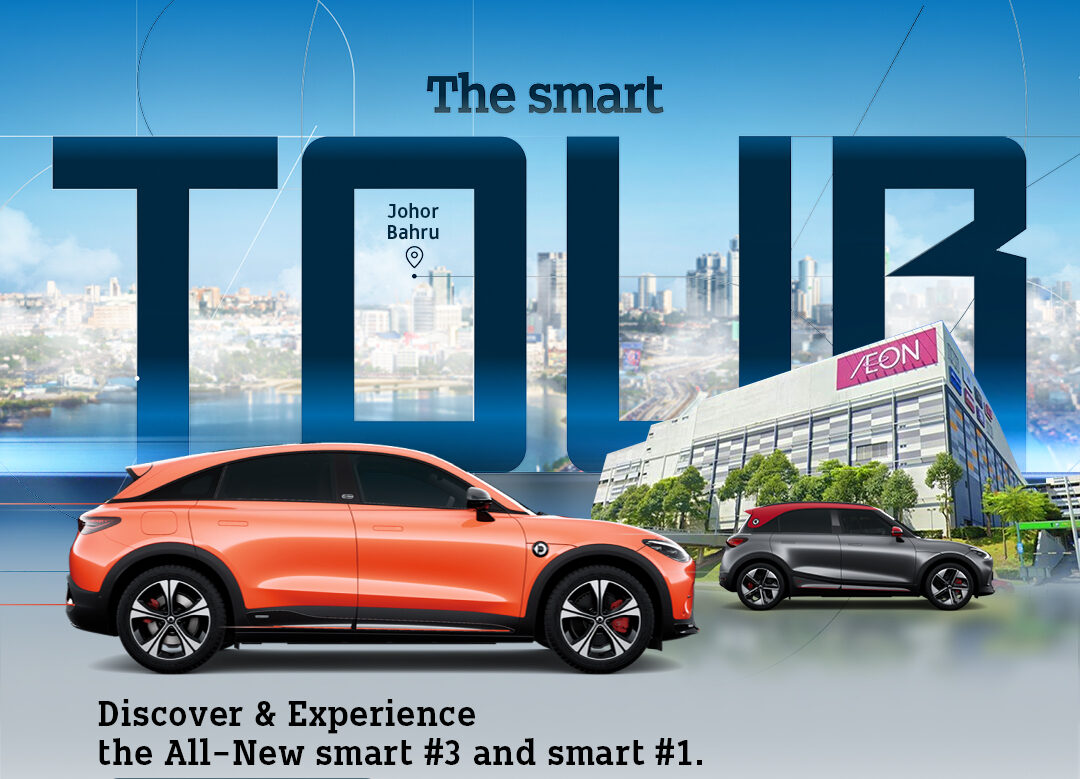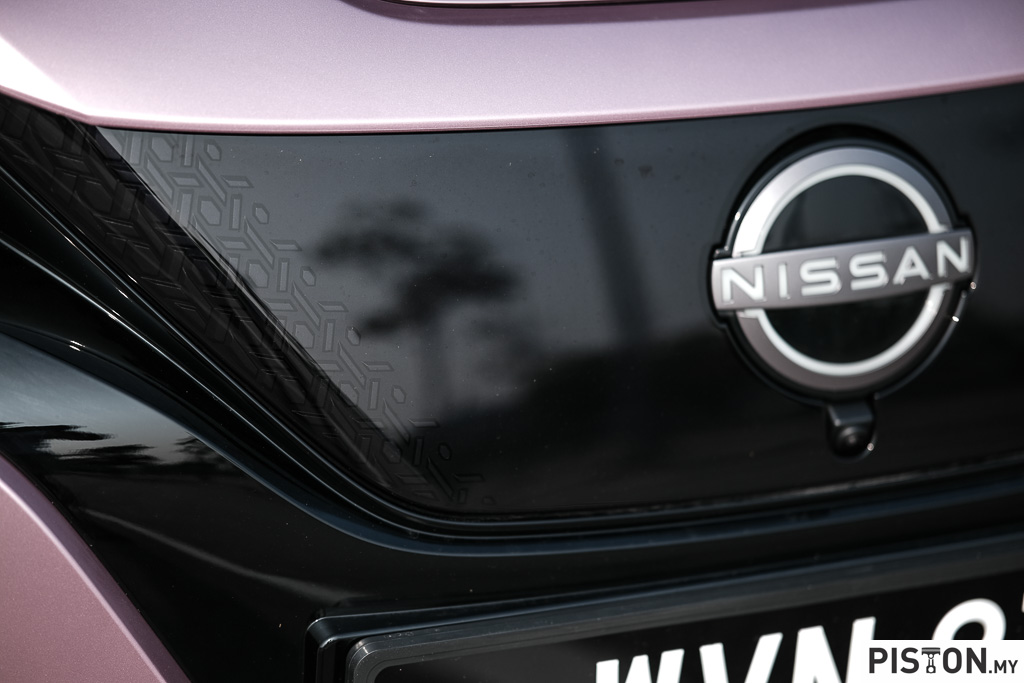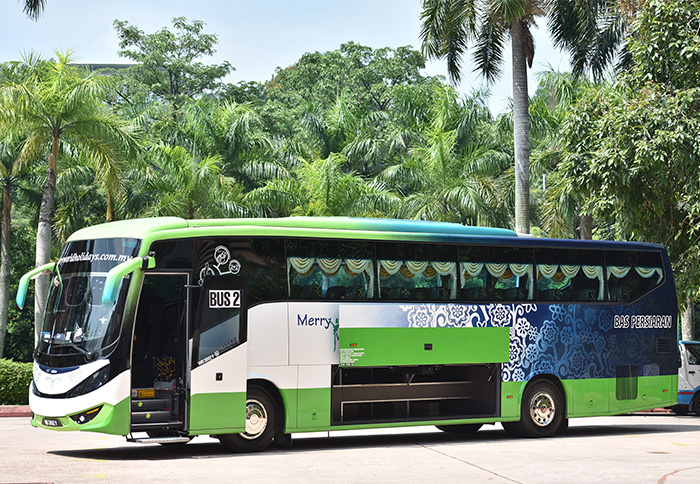BMW Group Malaysia has achieved its best performance in the country with a total of 12,680 units of BMW, MINI and BMW Motorrad vehicles delivered in 2017. This is the premium automaker’s seventh consecutive all-time high performance, achieving a segment leading growth of 16% as compared to the same period in 2016 (10,906).
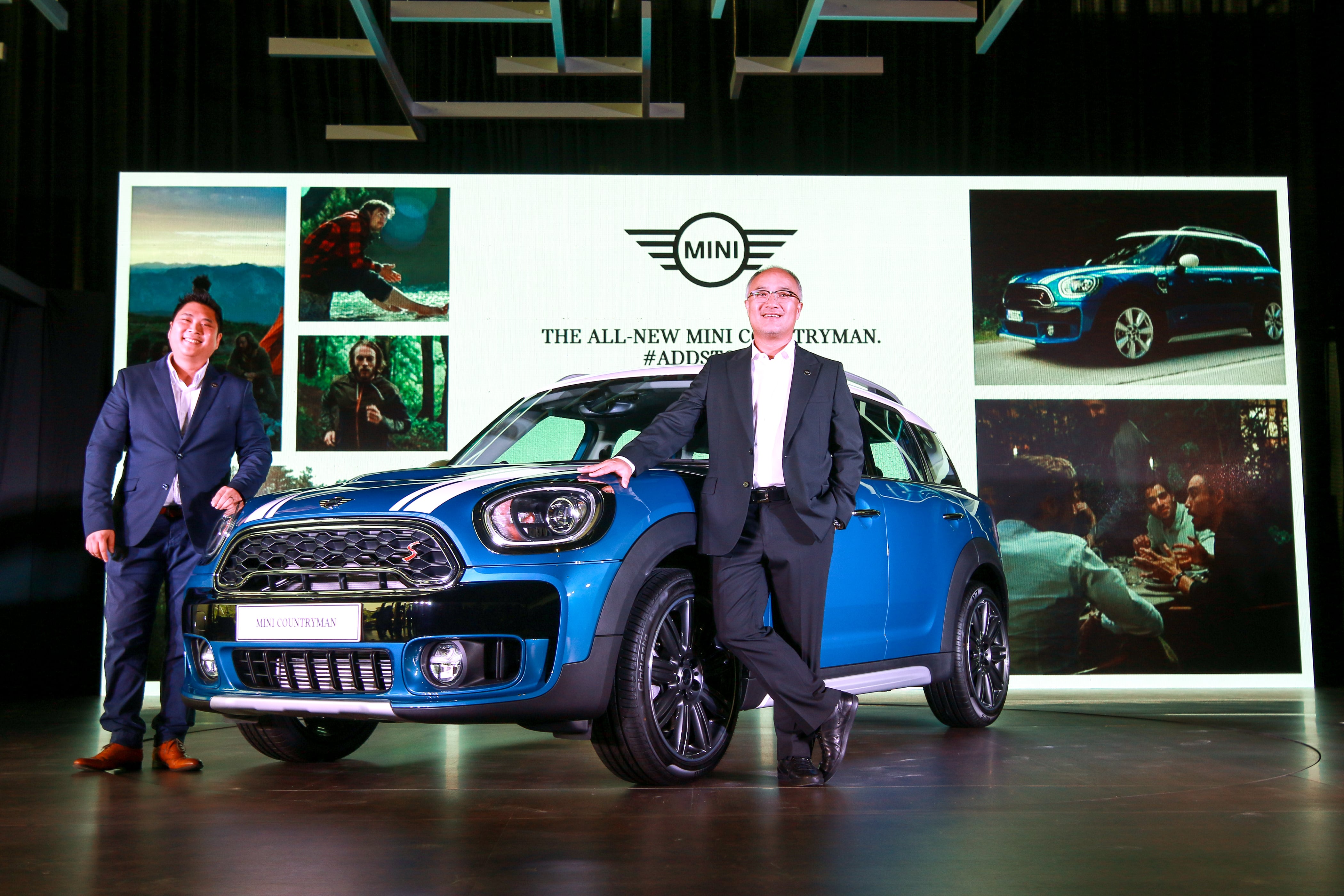
Han Sang Yun, Managing Director and CEO of BMW Group Malaysia (above, right) said, “We are humbled by this achievement. Our successful growth here in Malaysia is a result of our absolute commitment to the country as well as all our customers, dealers and their premium ownership experiences. We are committed more than ever to serve the country and the South East Asian region from Malaysia this year and set another benchmark with utmost excellence for the premium automotive industry here. Going into 2018, with the continued support of the Malaysian government, our customers and our strong dealership network, we will realise our investments and plans for the region here and we hope in sustaining this momentum and achieving yet another milestone for the Group and the country.”
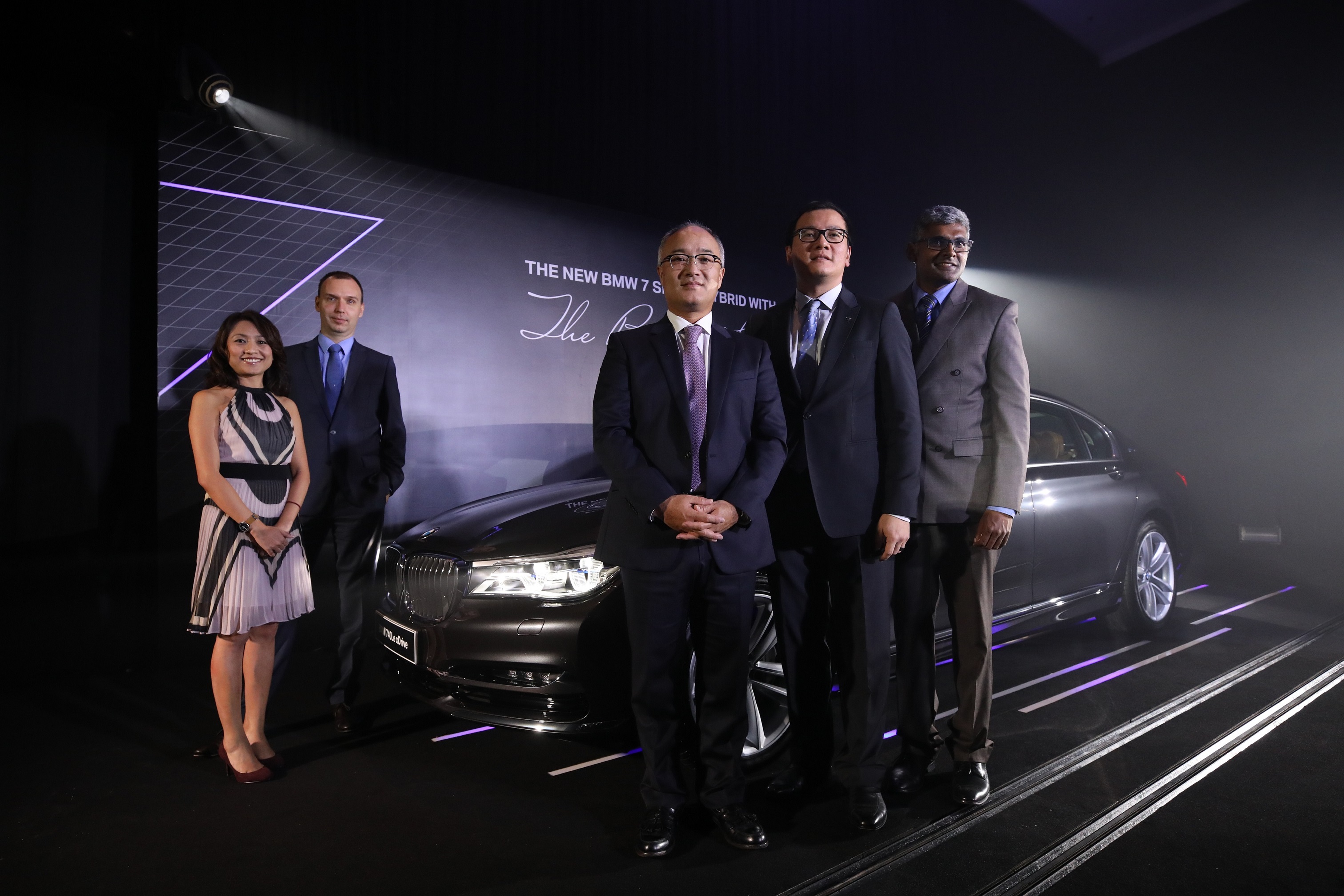
The BMW brand grew by 18% in 2017, delivering a total of 10,618 BMW vehicles from 9,000 vehicles in 2016. The growth was predominantly driven by the BMW 3 Series with 3,564 units delivered – 2,408 of which are units of the BMW 330e and BMW 330e M Sport. The BMW X5 xDrive40e is also a key contributor of the brand’s performance, with over 3,000 units sold last year. The BMW 740Le xDrive which was introduced in the first half of 2017 took the concept of Driving Luxury to the Mobility of the Future and had over 400 units delivered.
The successful delivery of BMW’s electrified vehicles to customers in Malaysia continues to underline the company’s leadership role when it comes to electro-mobility and is an indication that Malaysians are ready for the newest technology in the automotive industry. Driving its product portfolio of BMW Hybrid vehicles with eDrive Technology forward, BMW Group Malaysia will continue to prioritize on infrastructure and mobility services in its strategy to make electric driving a more comfortable and convenient experience and a daily pleasure.
The launch of the all-new BMW 5 Series, the most progressive sport-business sedan, in the first half of 2017 also accelerated the brand’s sales with over 1,600 units delivered.
MINI also grew from strength to strength, achieving the brand’s best record performance in 2017 with 1,010 MINI vehicles delivered. This marks a 12% increase from the previous year (902). This feat continues to position MINI as the second fastest growing brand in the Malaysian premium segment and is now the third largest brand in the segment. Last year, MINI added the new MINI Countryman, MINI John Cooper Works Clubman and MINI John Cooper Works Countryman to its portfolio.
BMW Motorrad meanwhile, delivered a total of 1,052 units of its motorcycles, charting a 5% increase as compared to the previous year (1,004). 2017 saw the unveiling of five new motorcycles – the BMW S1000RR, BMW R1200GS, BMW K1600 GT and Bagger and BMW R nineT Urban GS.
Adding to the company’s commitment to deliver greater ownership experience for its customers, BMW Group Malaysia also introduced the Full Circle Programme by BMW Credit Malaysia, and the Roadside Assistance and Accident Hotline Program for BMW, MINI and BMW Motorrad vehicles, on top of its existing premium offerings such as the BMW 5 Year Unlimited Mileage Warranty and Free Service Program, the BMW Tyre Warranty Program, and the MINI 4 Year Unlimited Mileage and Free Service Warranty program.
The leading premium automaker also opened its doors to its newest Regional Parts Distribution Centre facilities at the Free Trade Zone of the Senai International Airport of Iskandar Malaysia. The new regional facility, which is built on an investment of over RM 130million, is one of the largest of its kind in the Asia Pacific region and supports over 22 countries in the region. This is a testament to Malaysia being a key market for the BMW Group; a market that supports the Group’s strategic business direction in expanding its footprint in the region.
In 2018, BMW Group Malaysia will begin delivery of the first BMW 3 Series, BMW 5 Series and BMW 7 Series to Vietnam and the Philippines. To support the move, the BMW Assembly Plant in Kulim increased its local assembly capabilities to over 10,000 vehicles in 2017 with an investment of over RM 10million.
“This year is our 15th year of operations in Malaysia and we are very proud to have established ourselves as the leading provider of premium individual and sustainable mobility. We look forward to another year of growth in every aspect – from our sales to the maturity of our product portfolio to our leadership in electromobility and future mobility here in Malaysia,” said Han.
The success of BMW Group Malaysia mirrors that of the BMW Group worldwide. Globally, the premium automaker achieved a new all-time sales high with a total delivery of 2,463,526 vehicles. A seventh consecutive year of record sales. In 2017, the BMW brand saw a 4.2% boost in numbers with a total delivery of 2,088,283 vehicles while the MINI brand also charted a new sales record in 2017, growing 3.2% over the previous year with 371,881 deliveries. Sales across the BMW Motorrad range also increased by 13.2% with a total of 164,153 units delivered worldwide.




